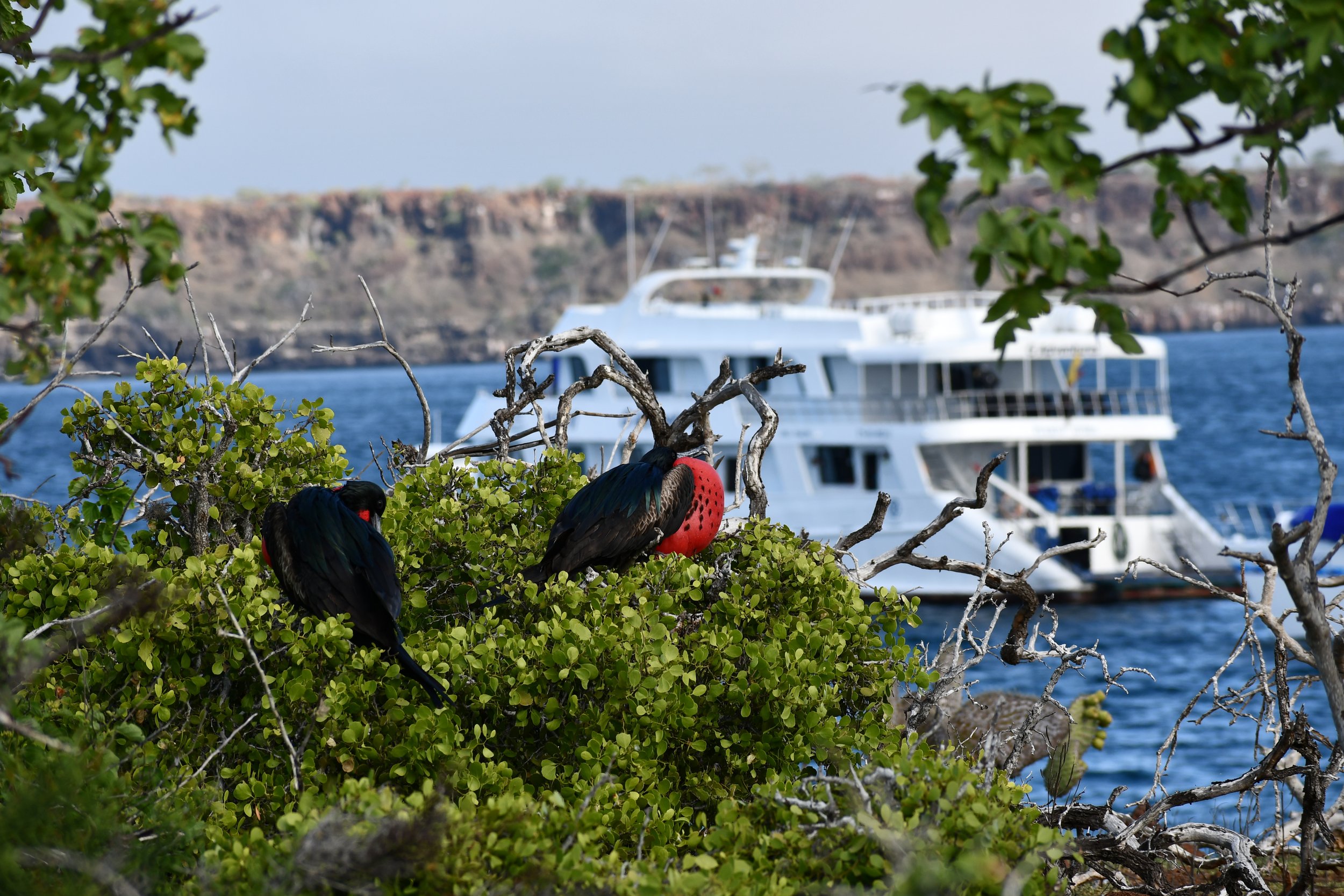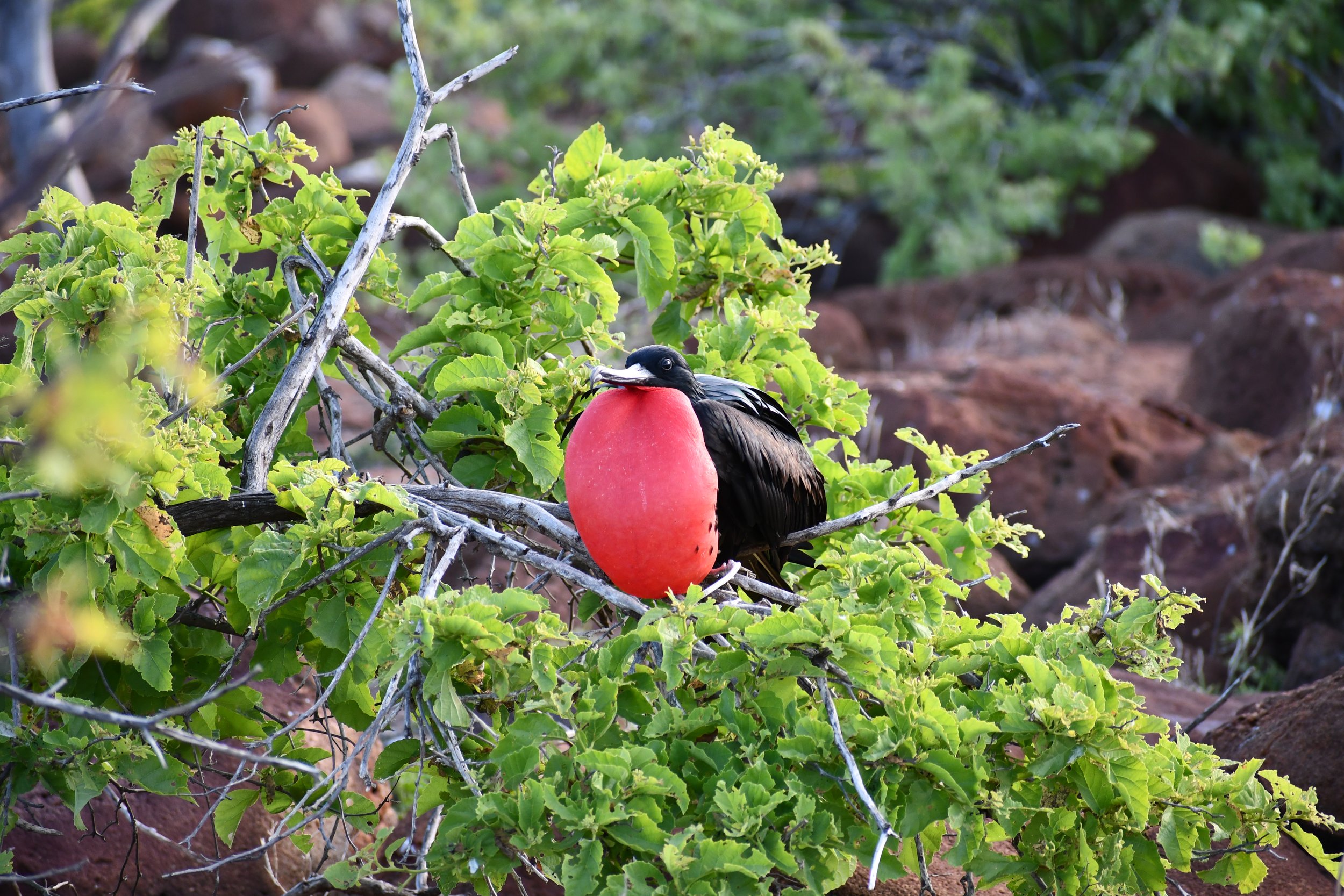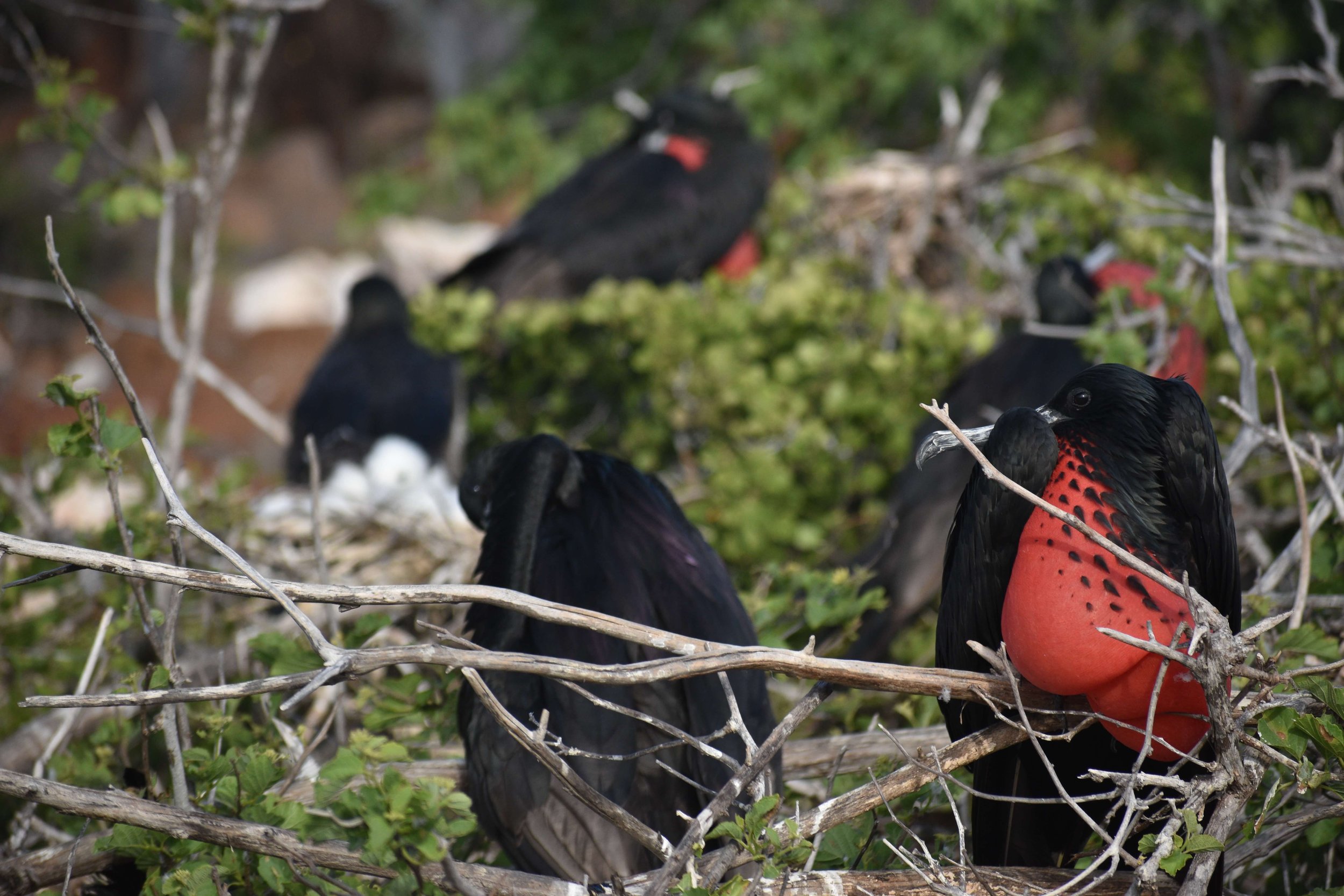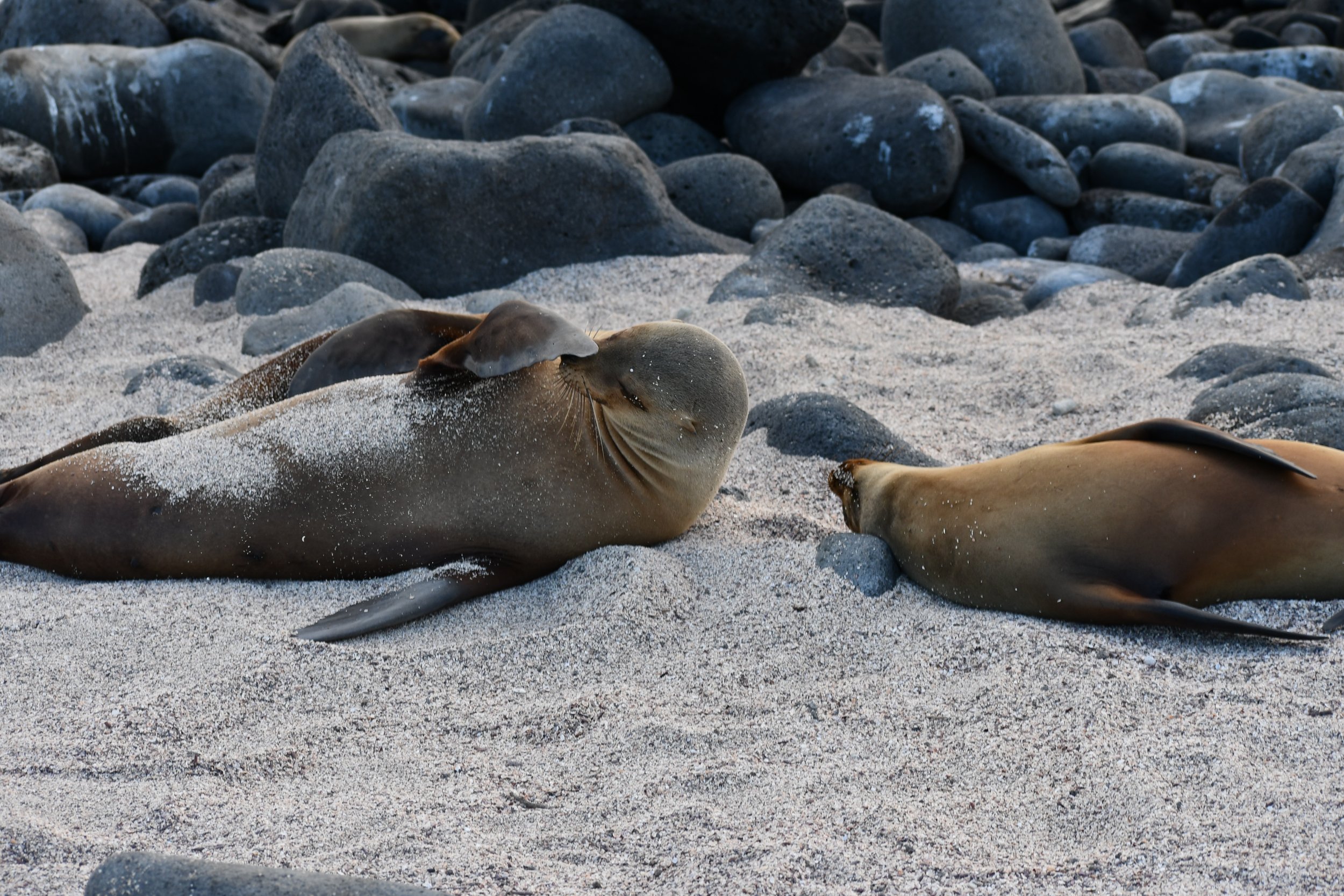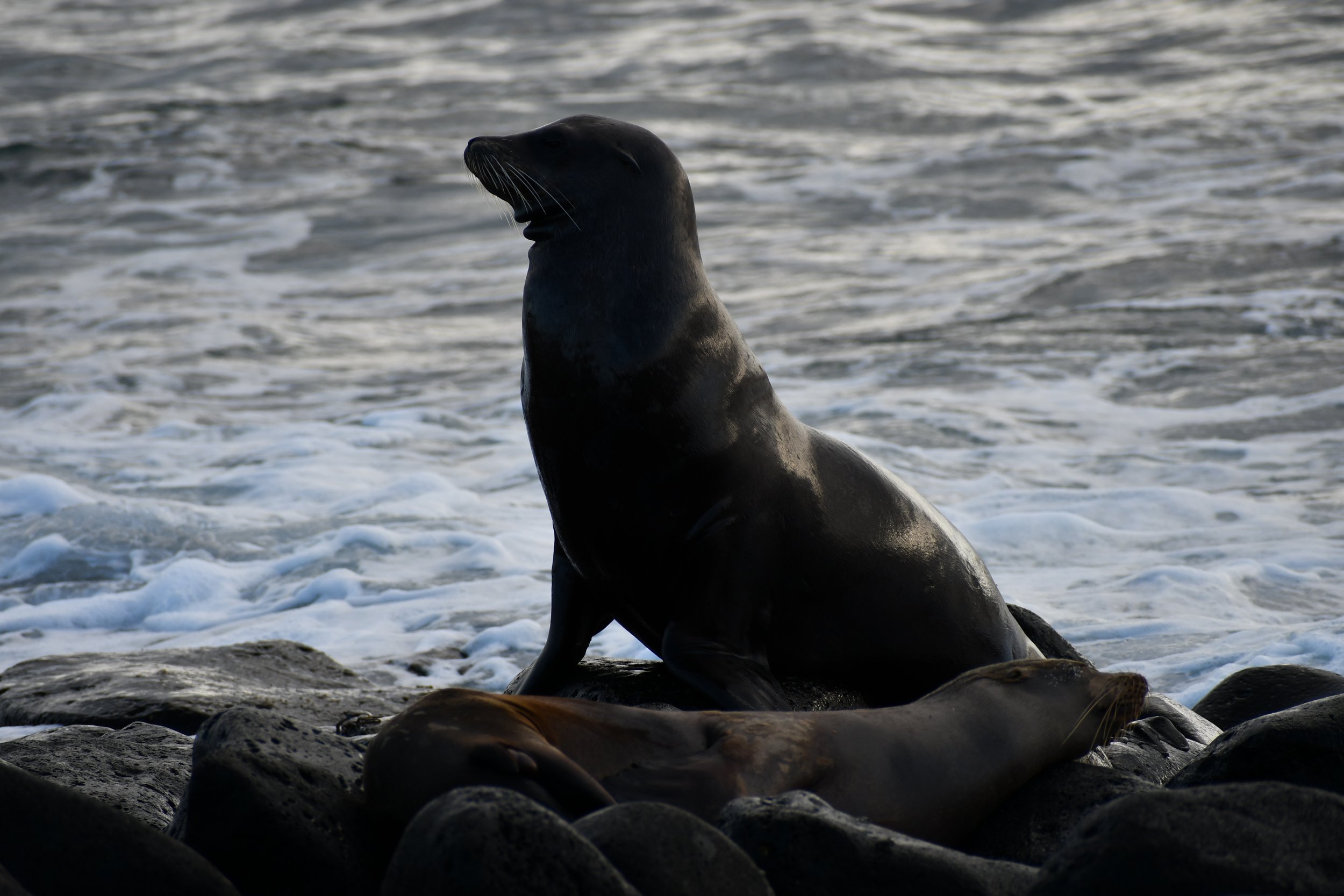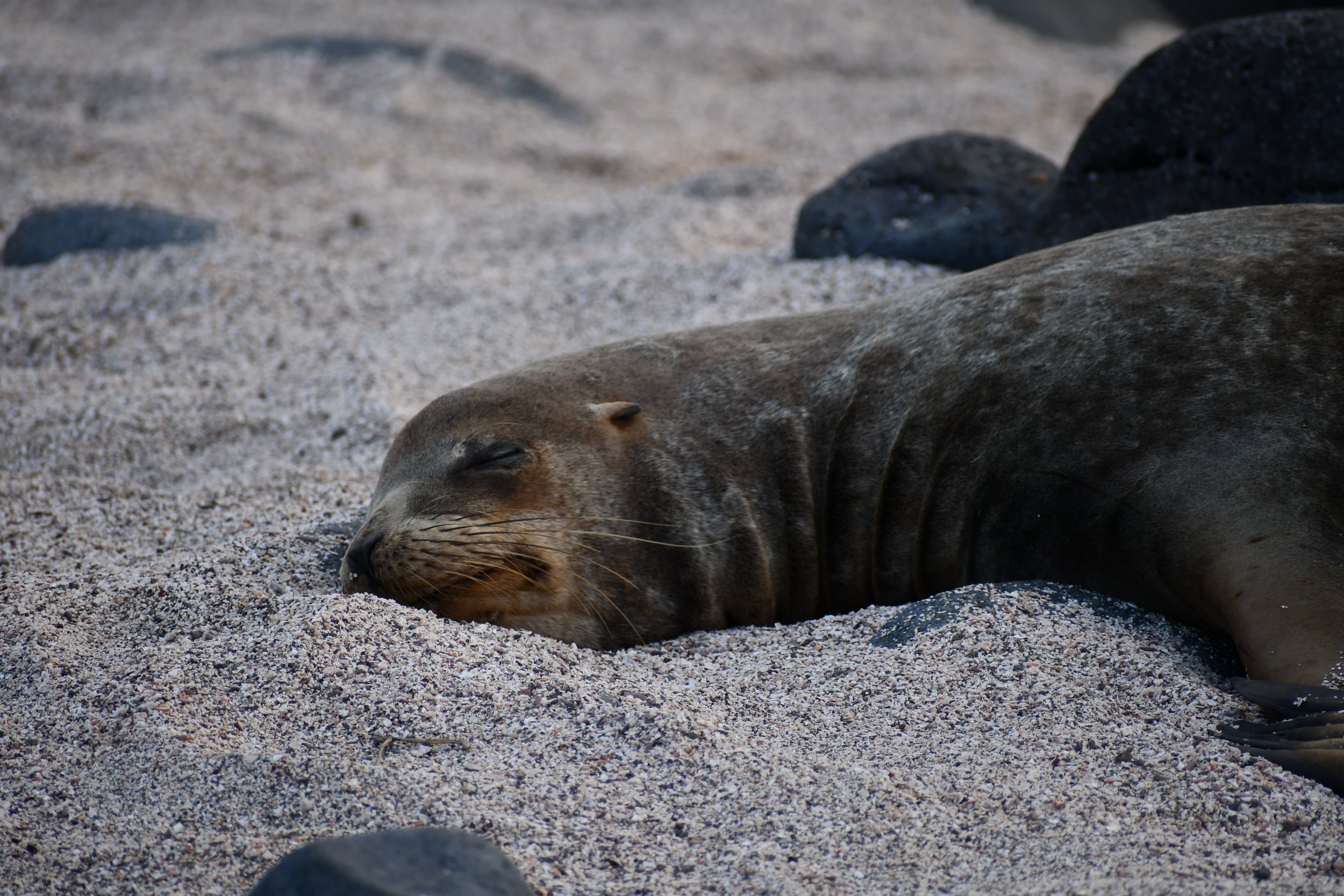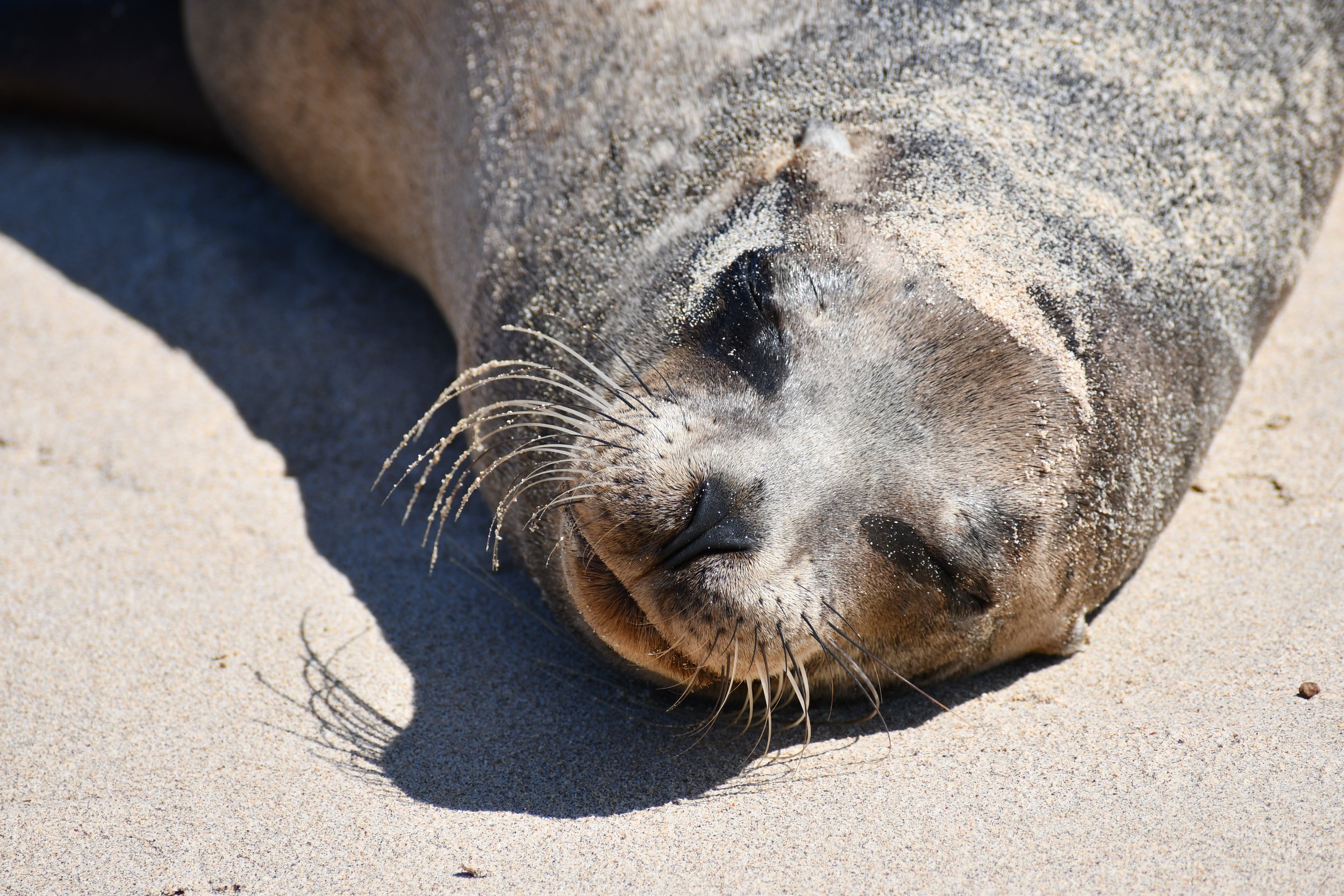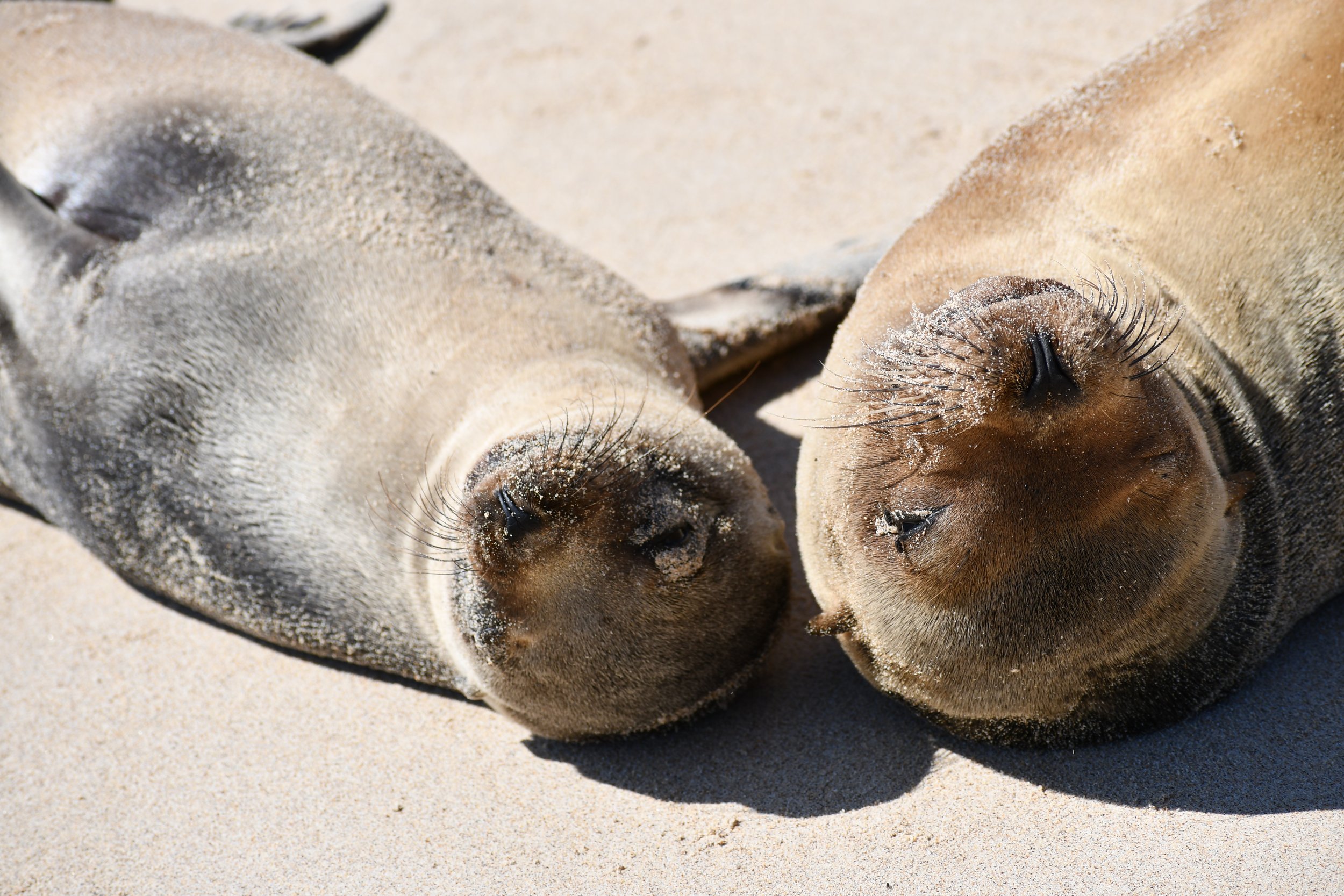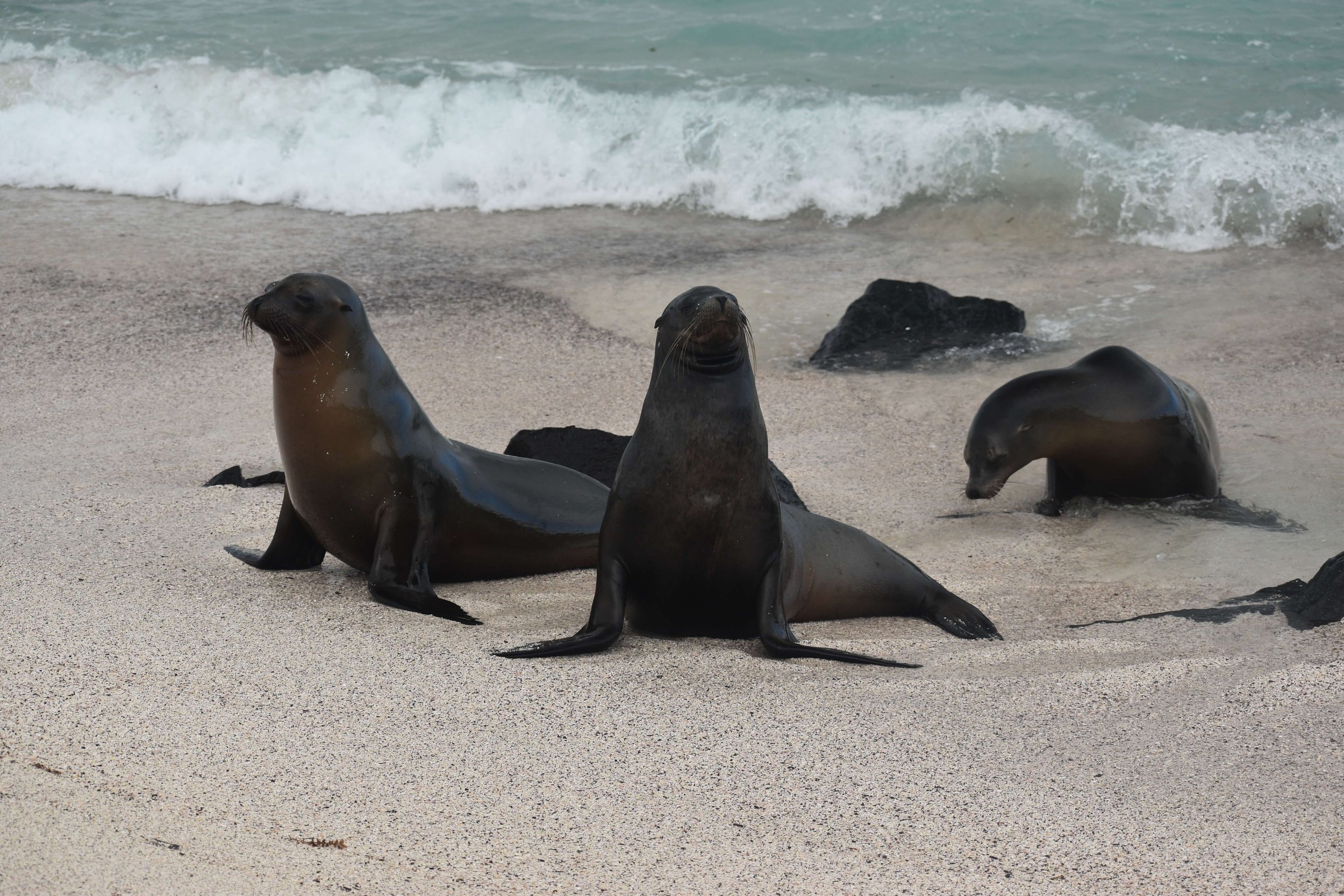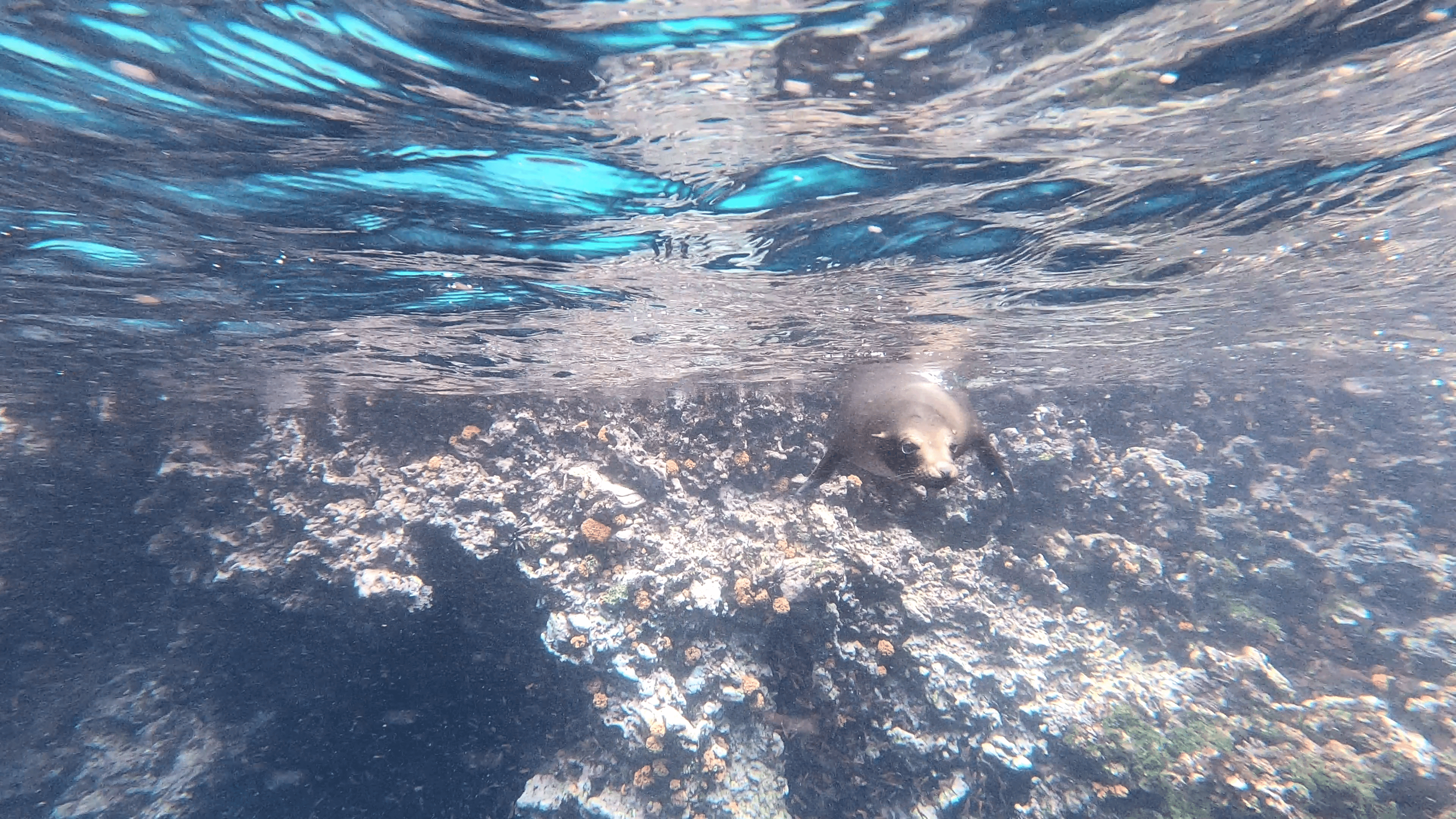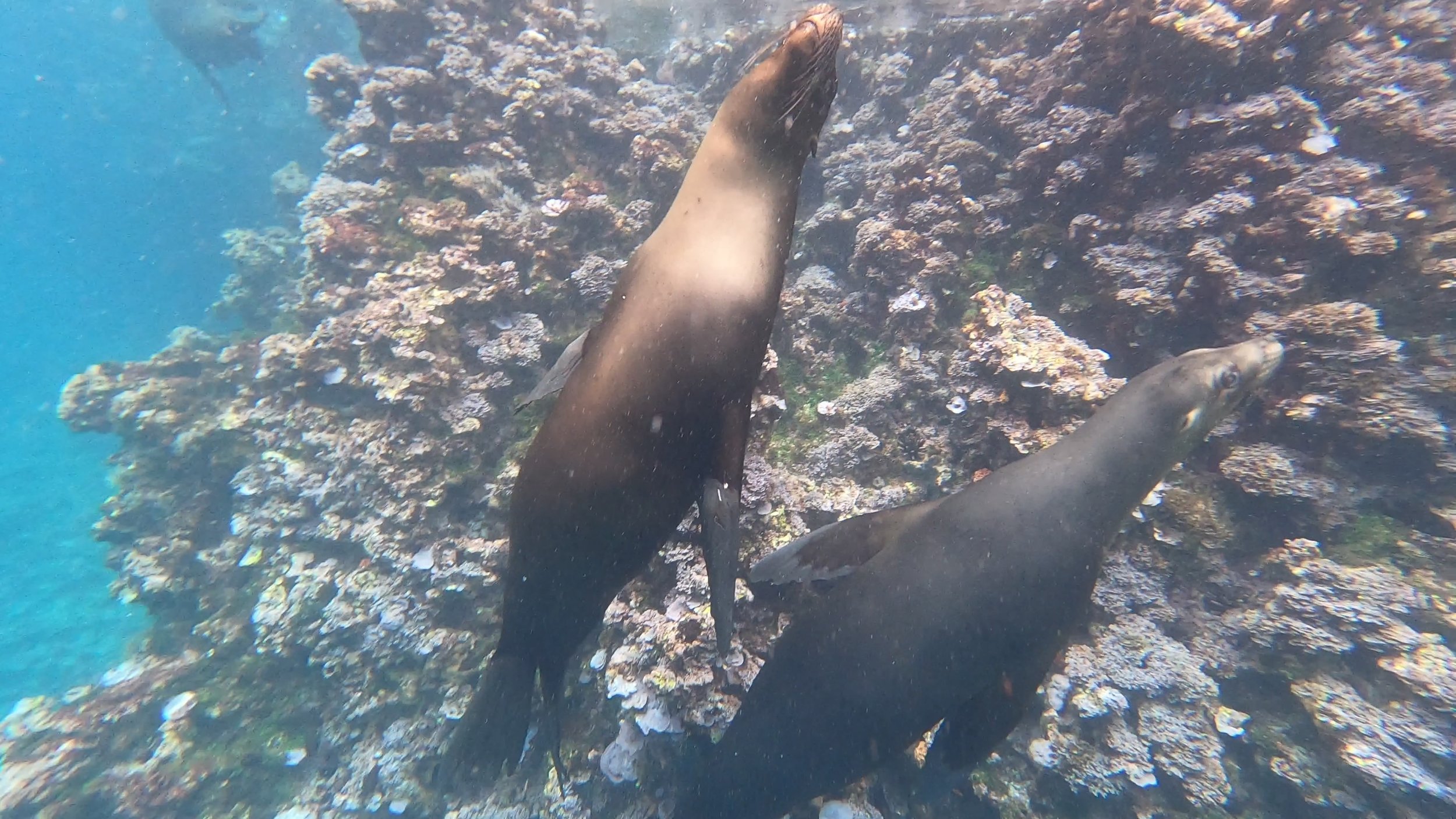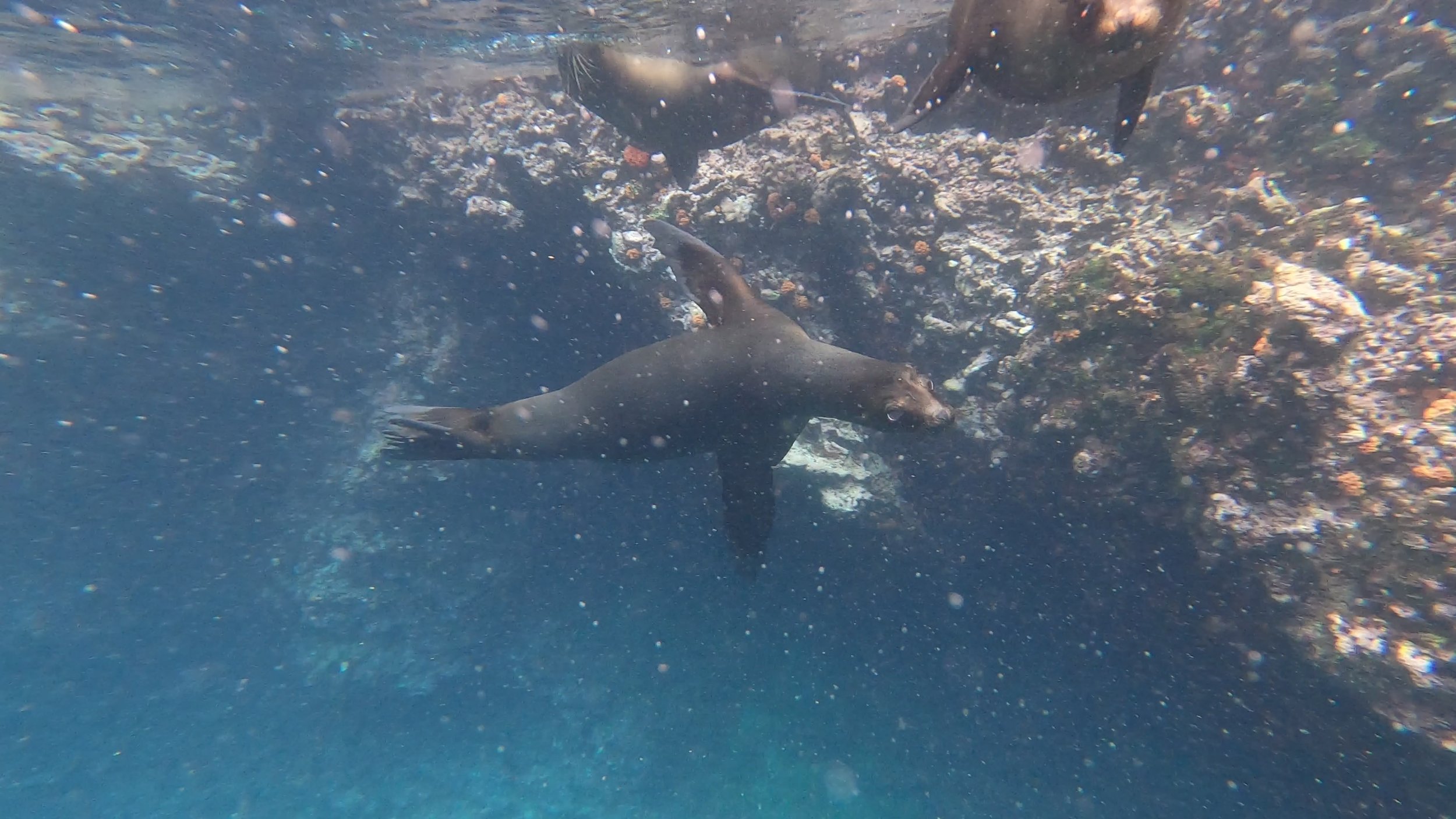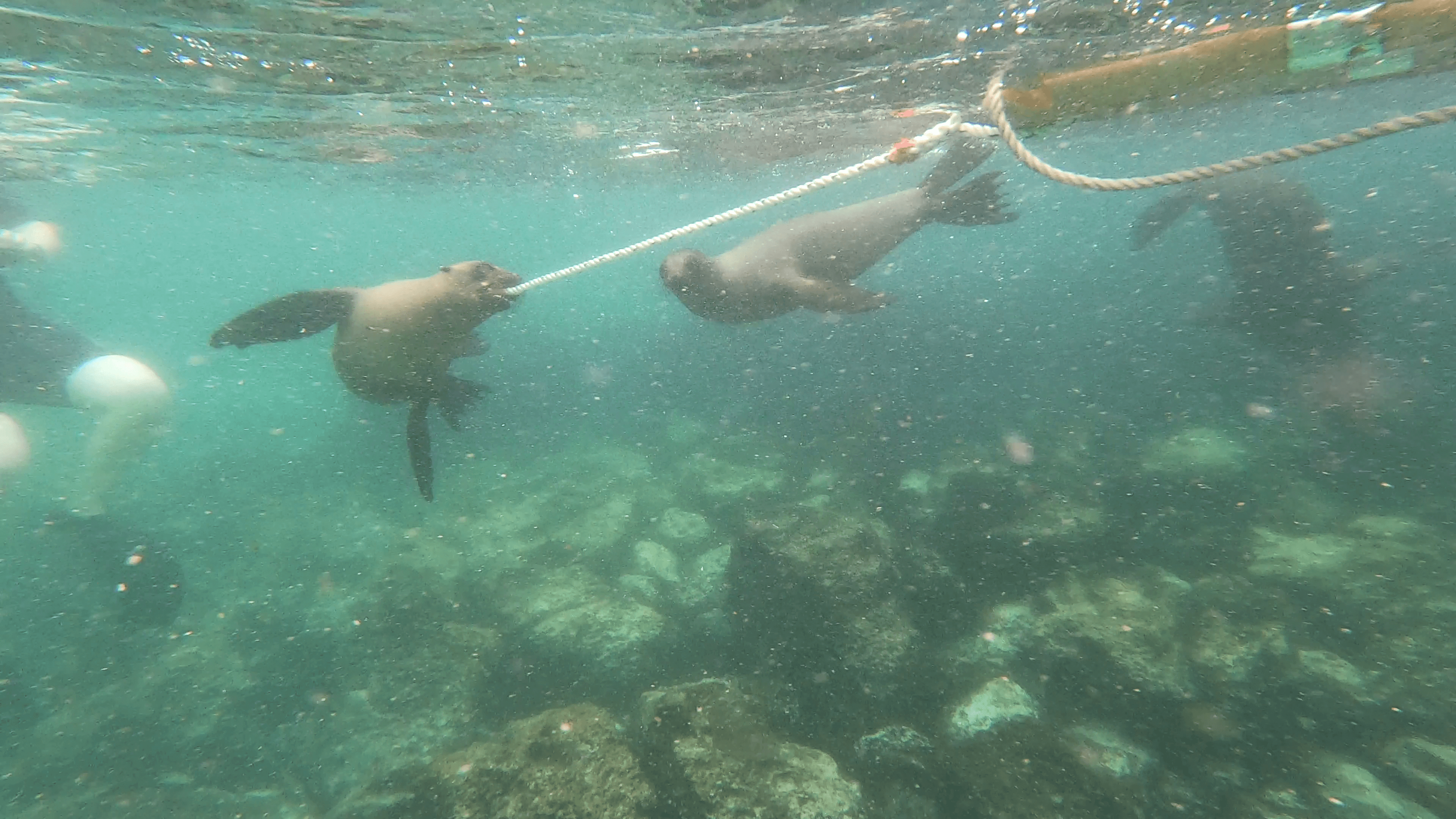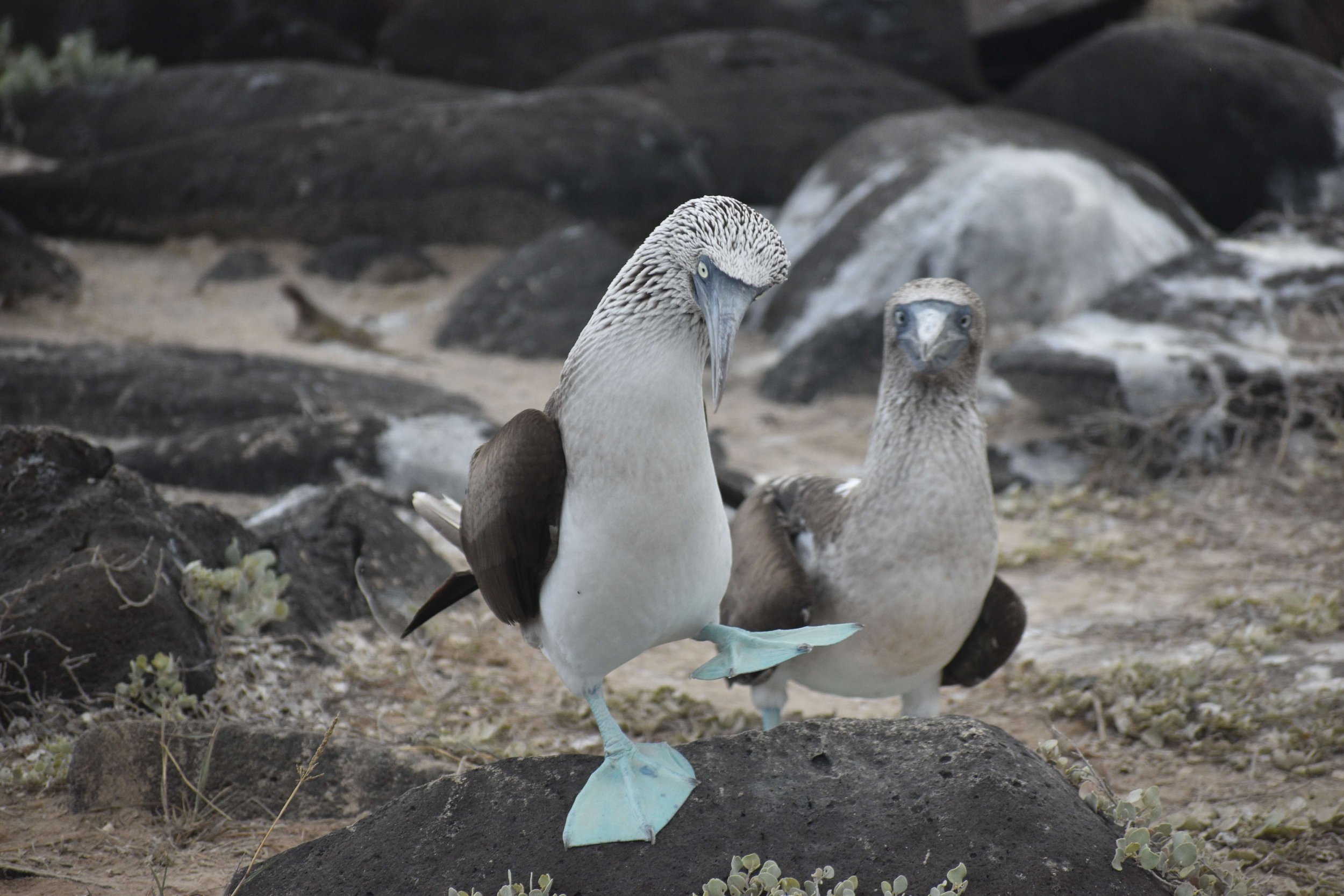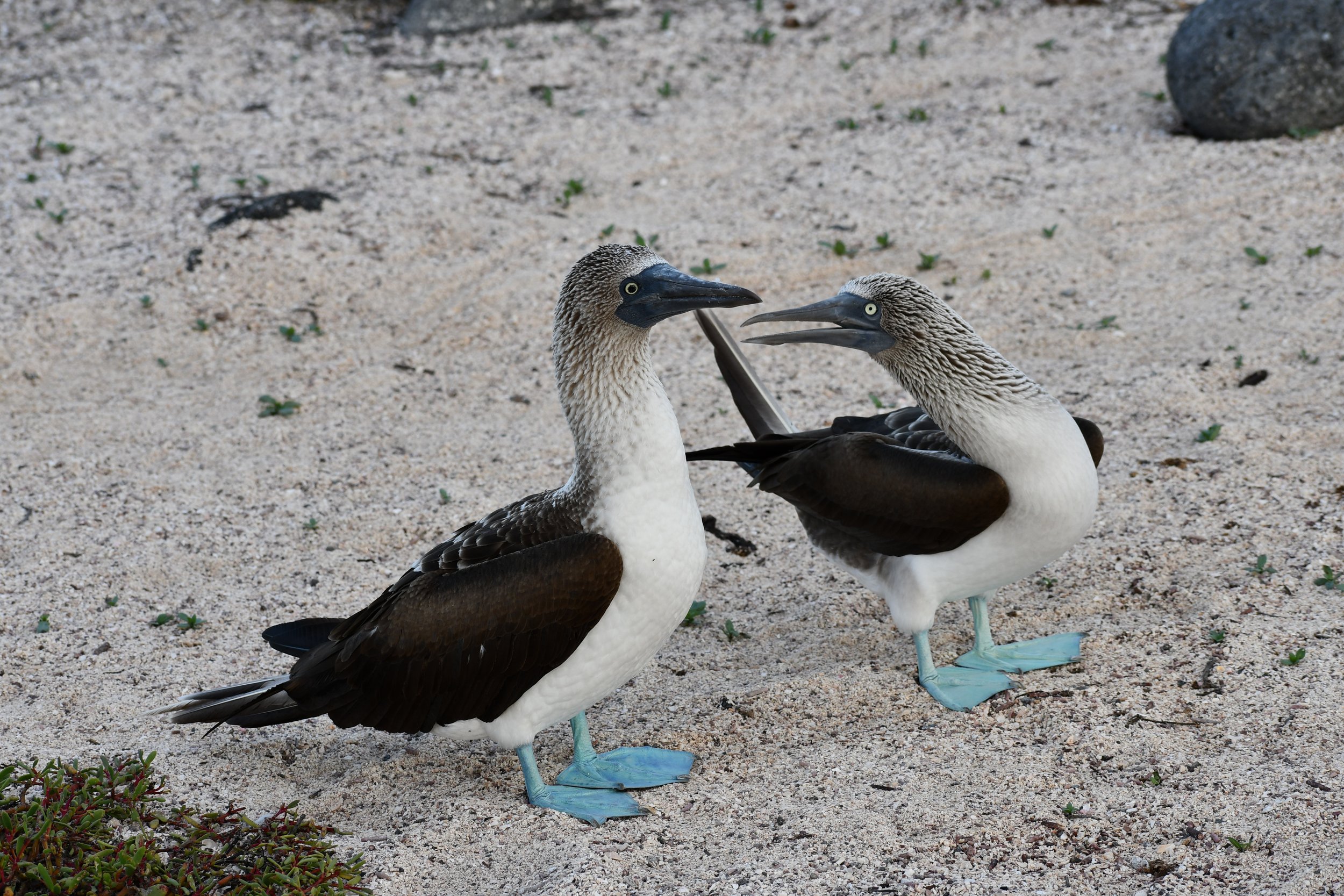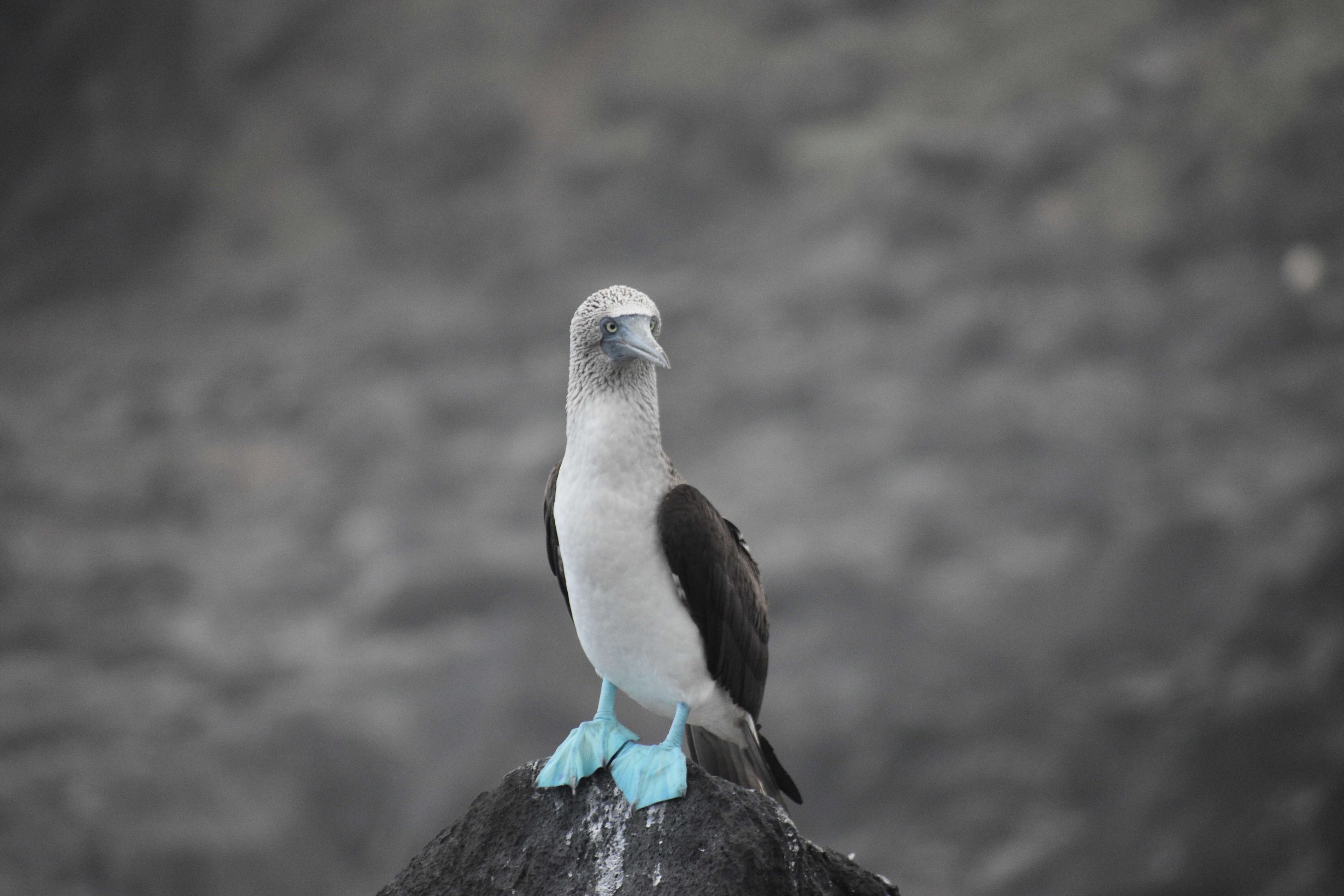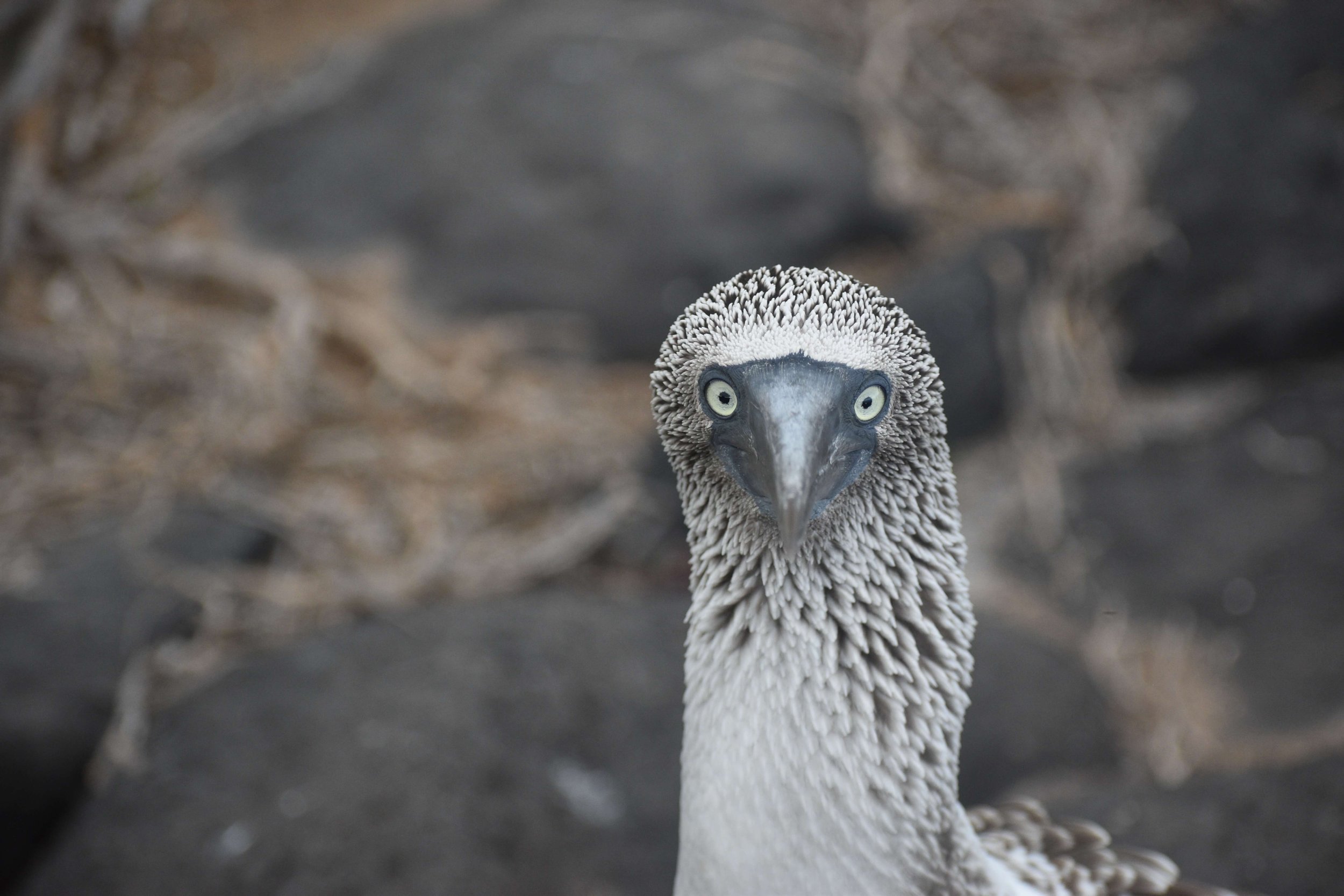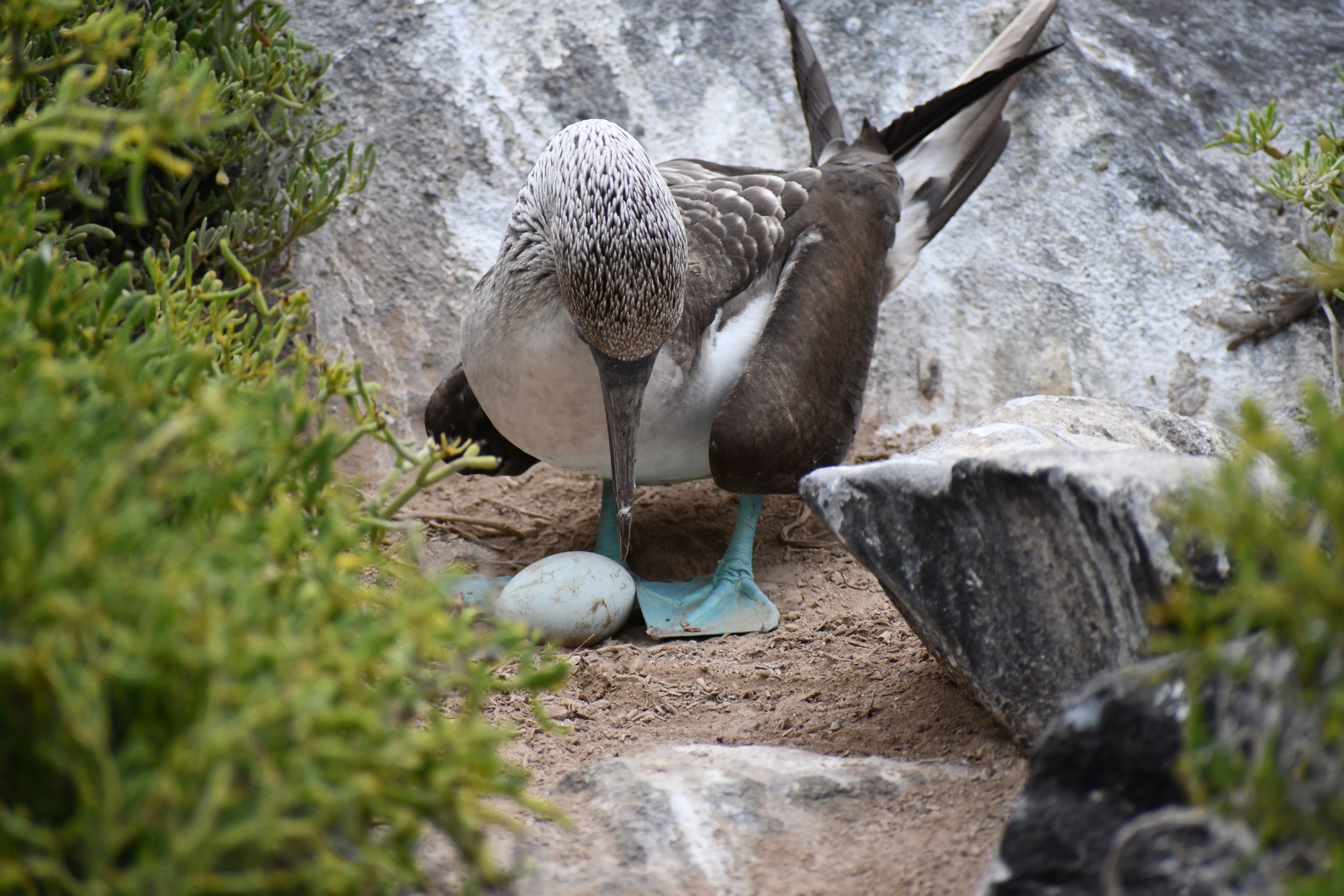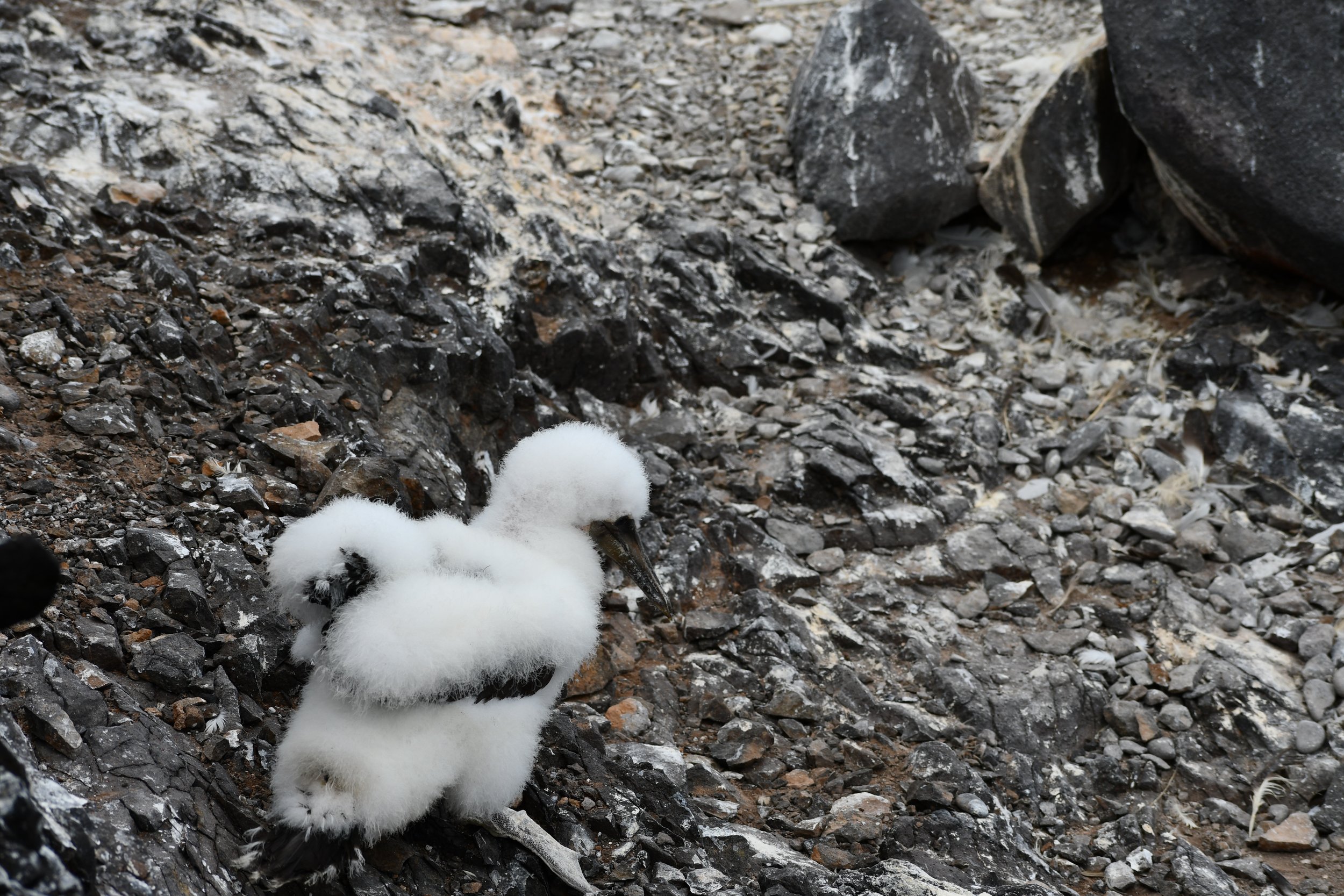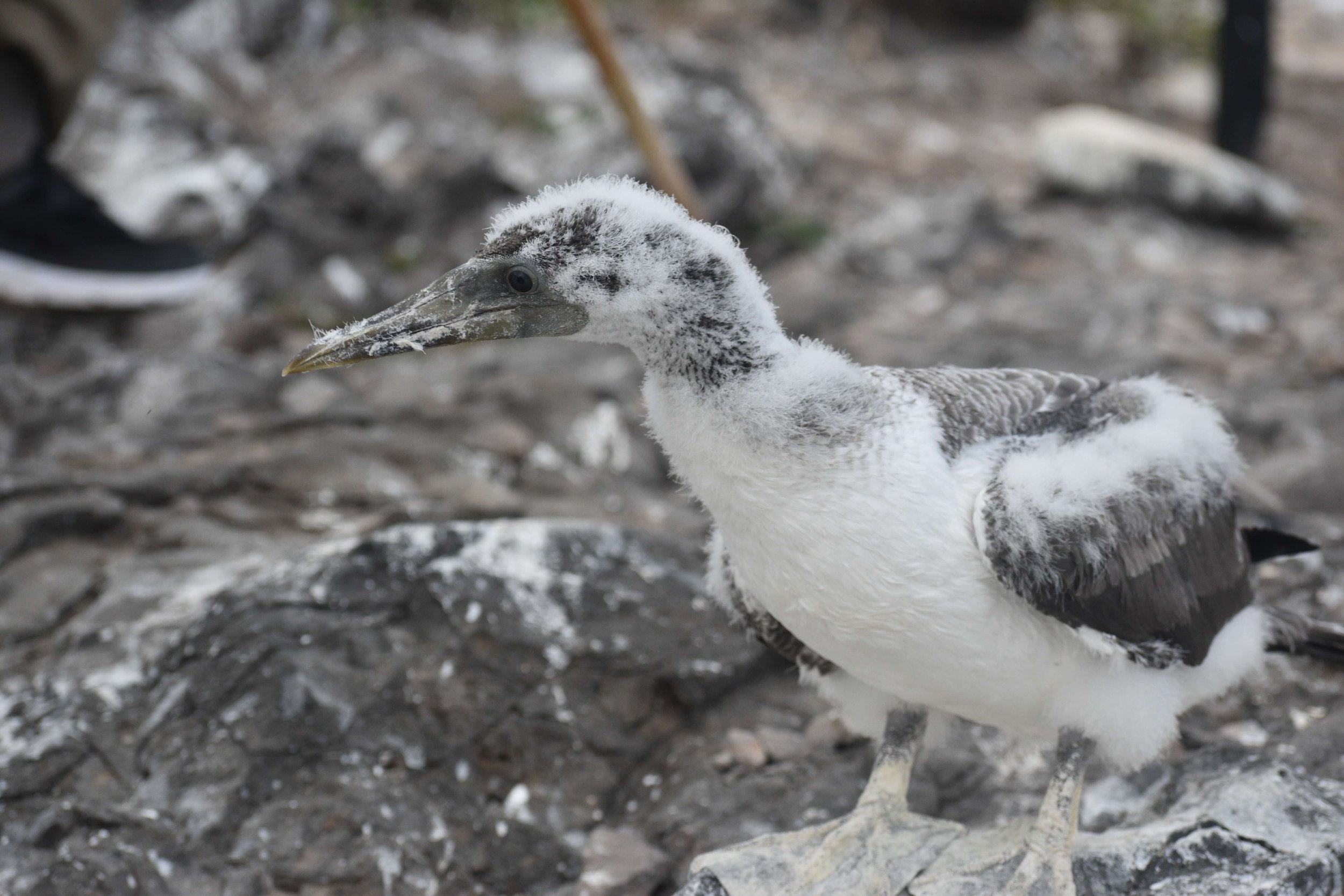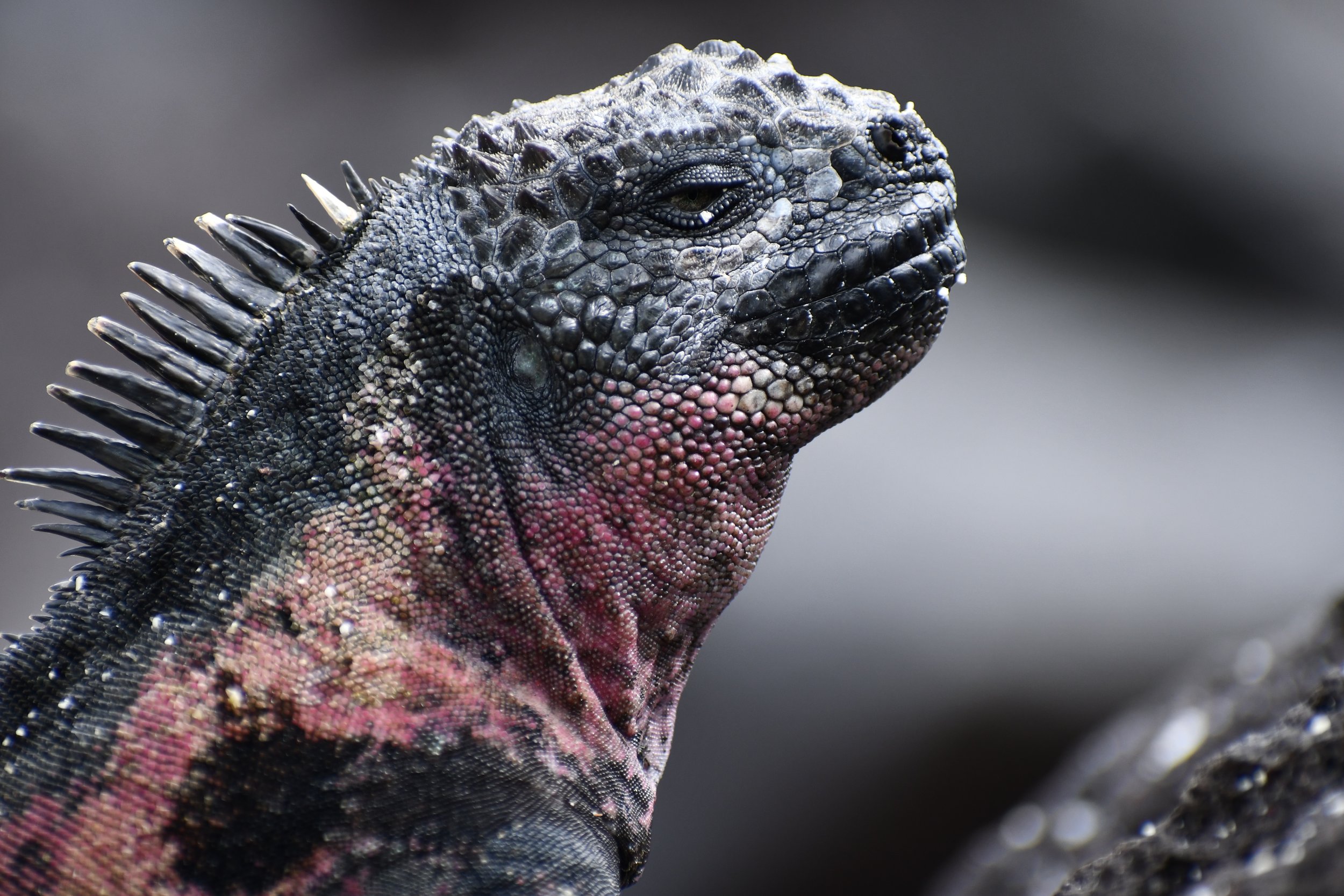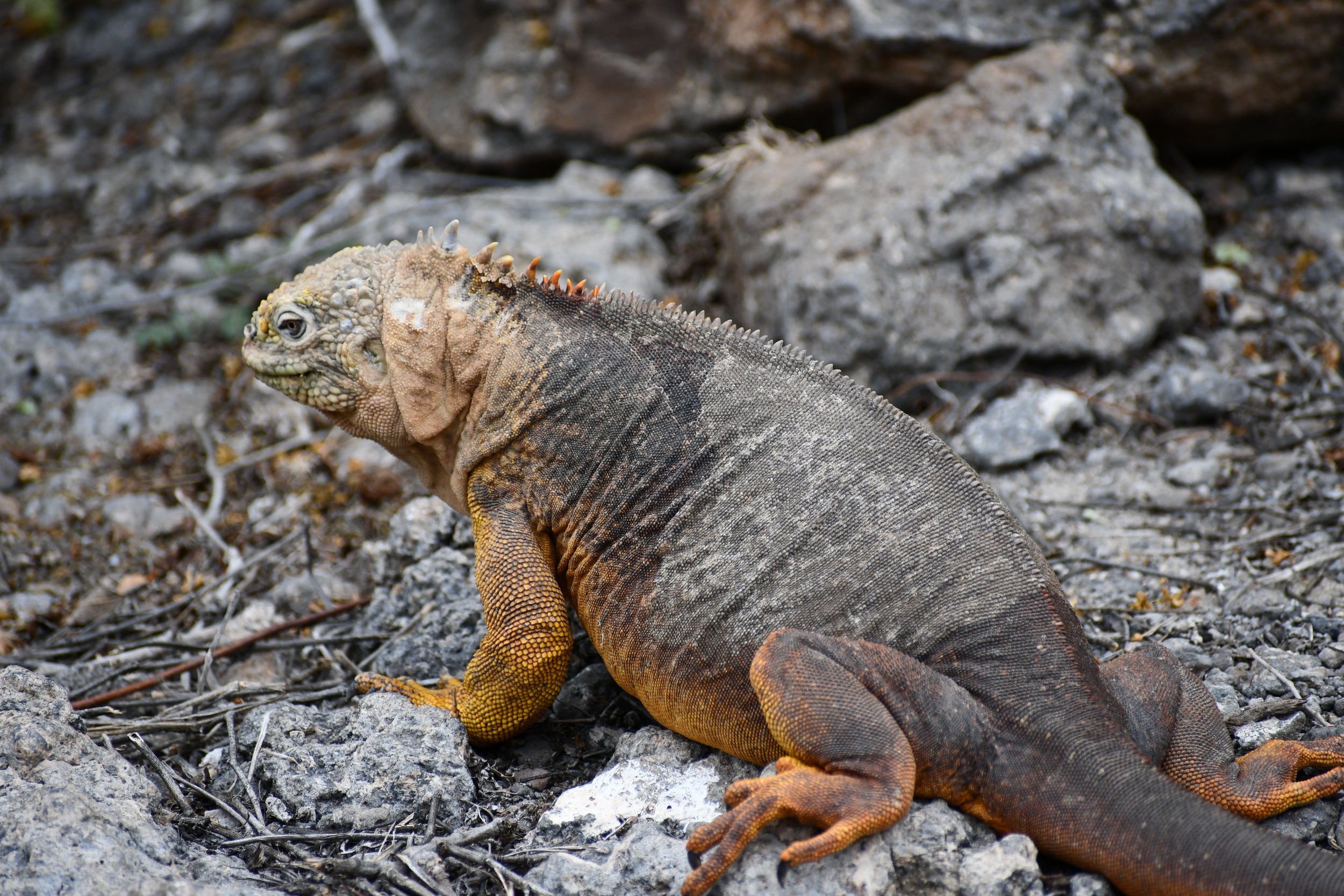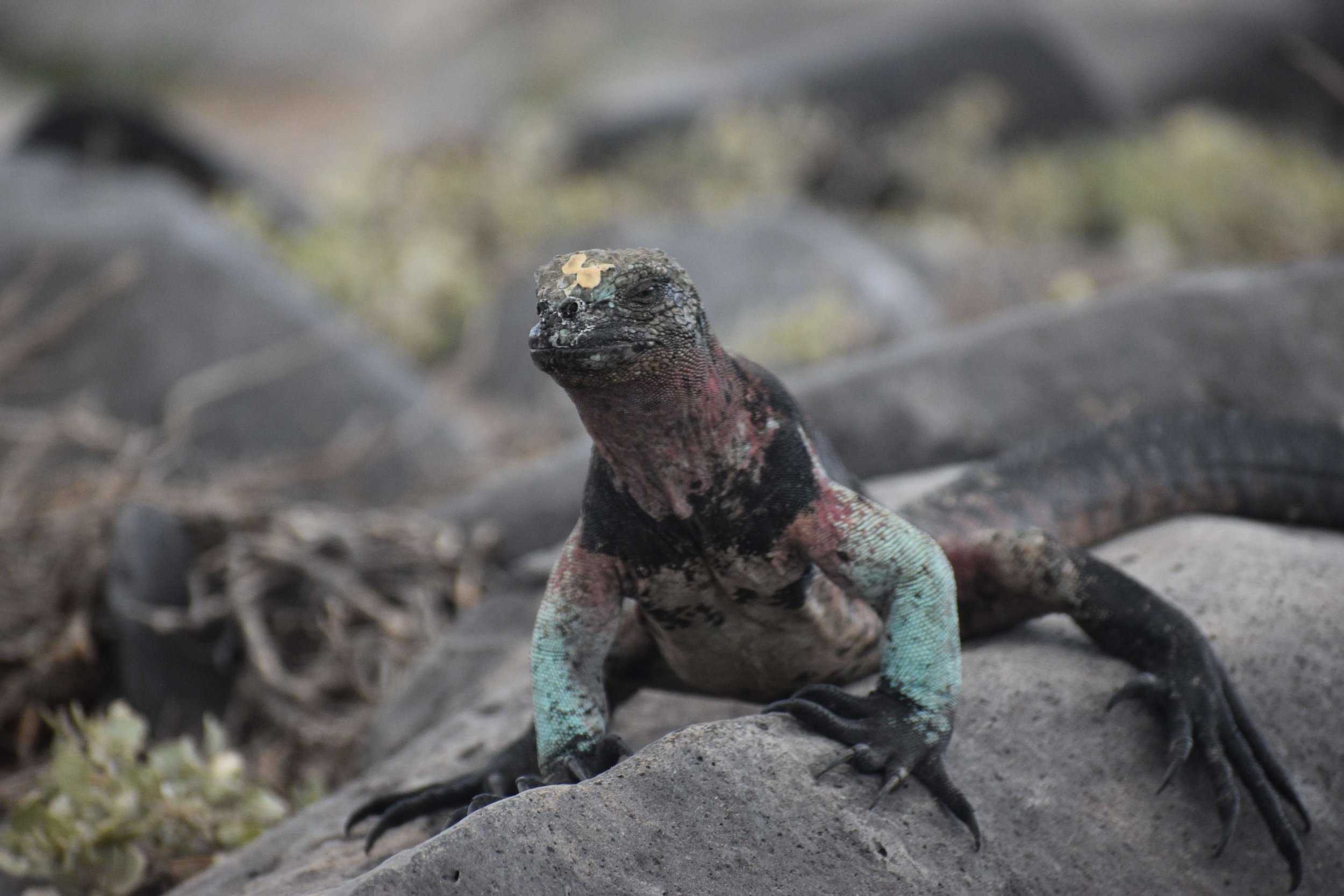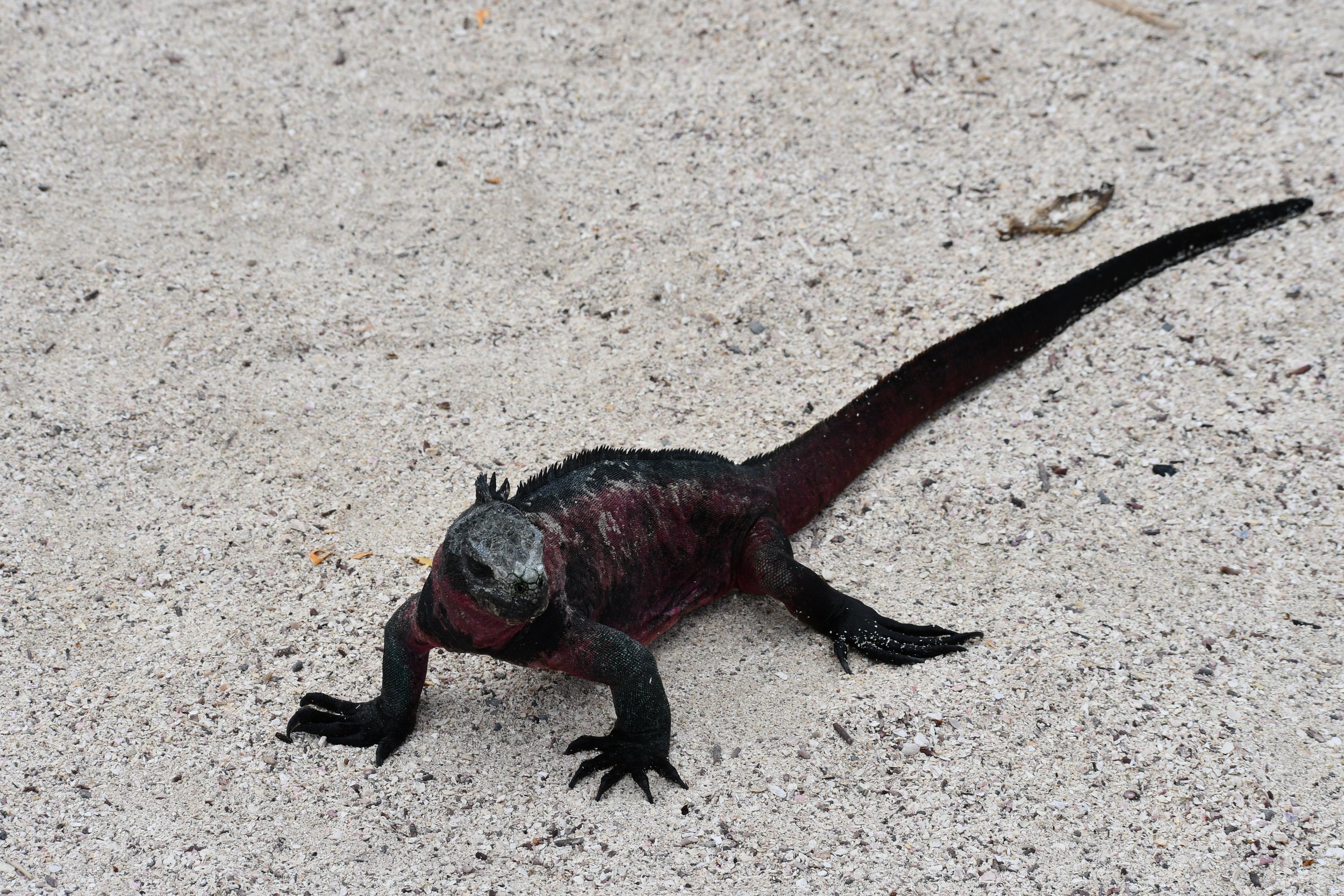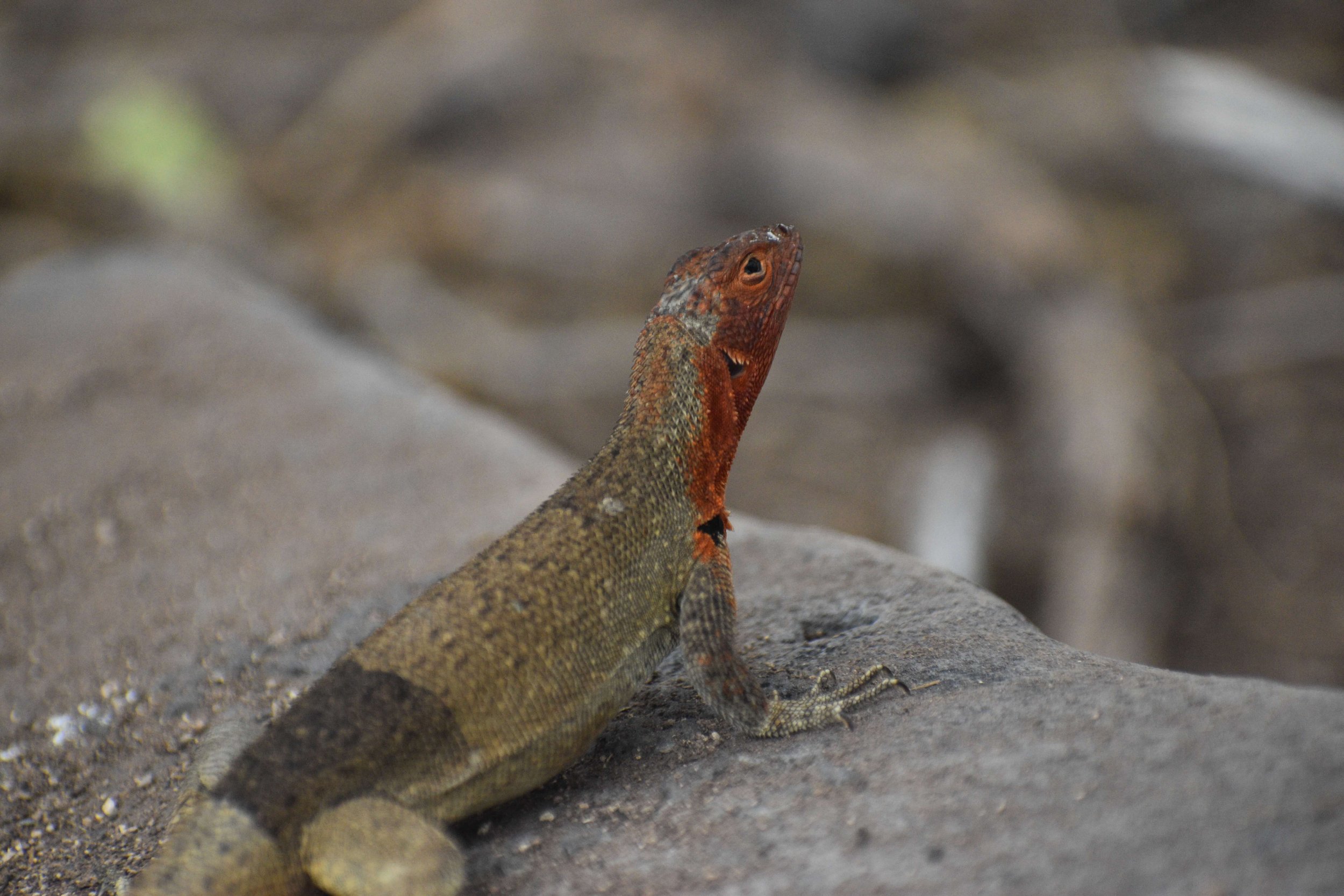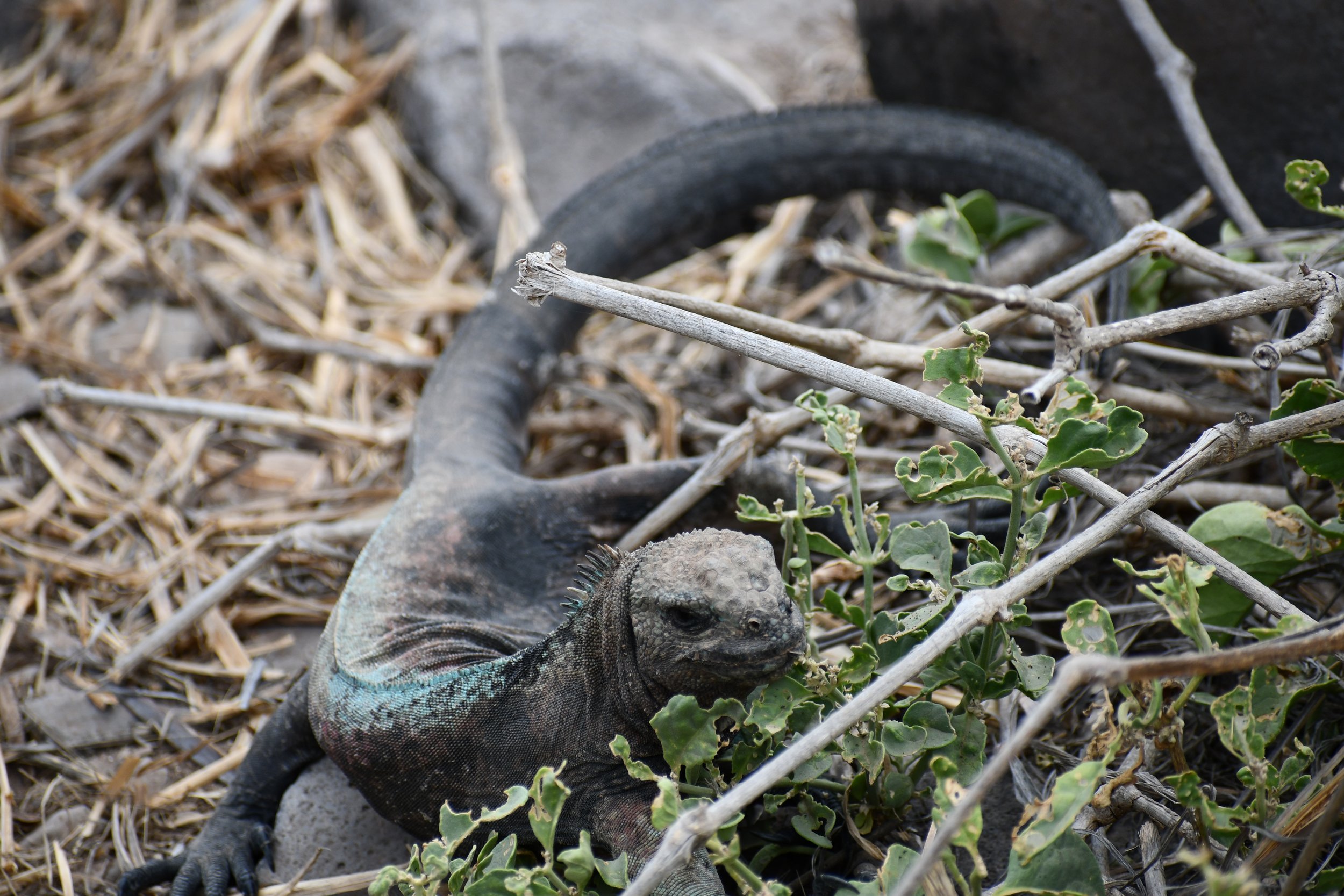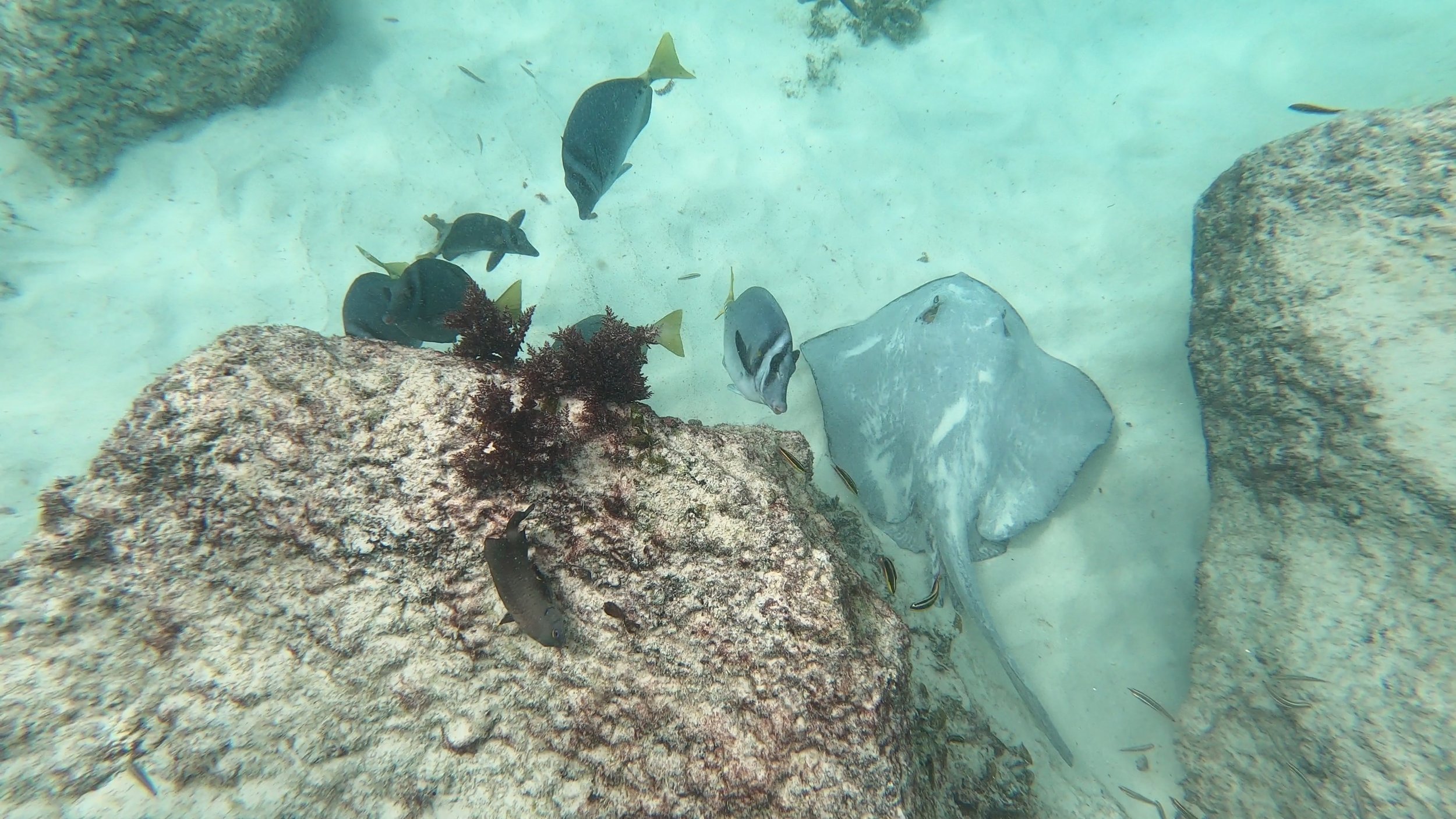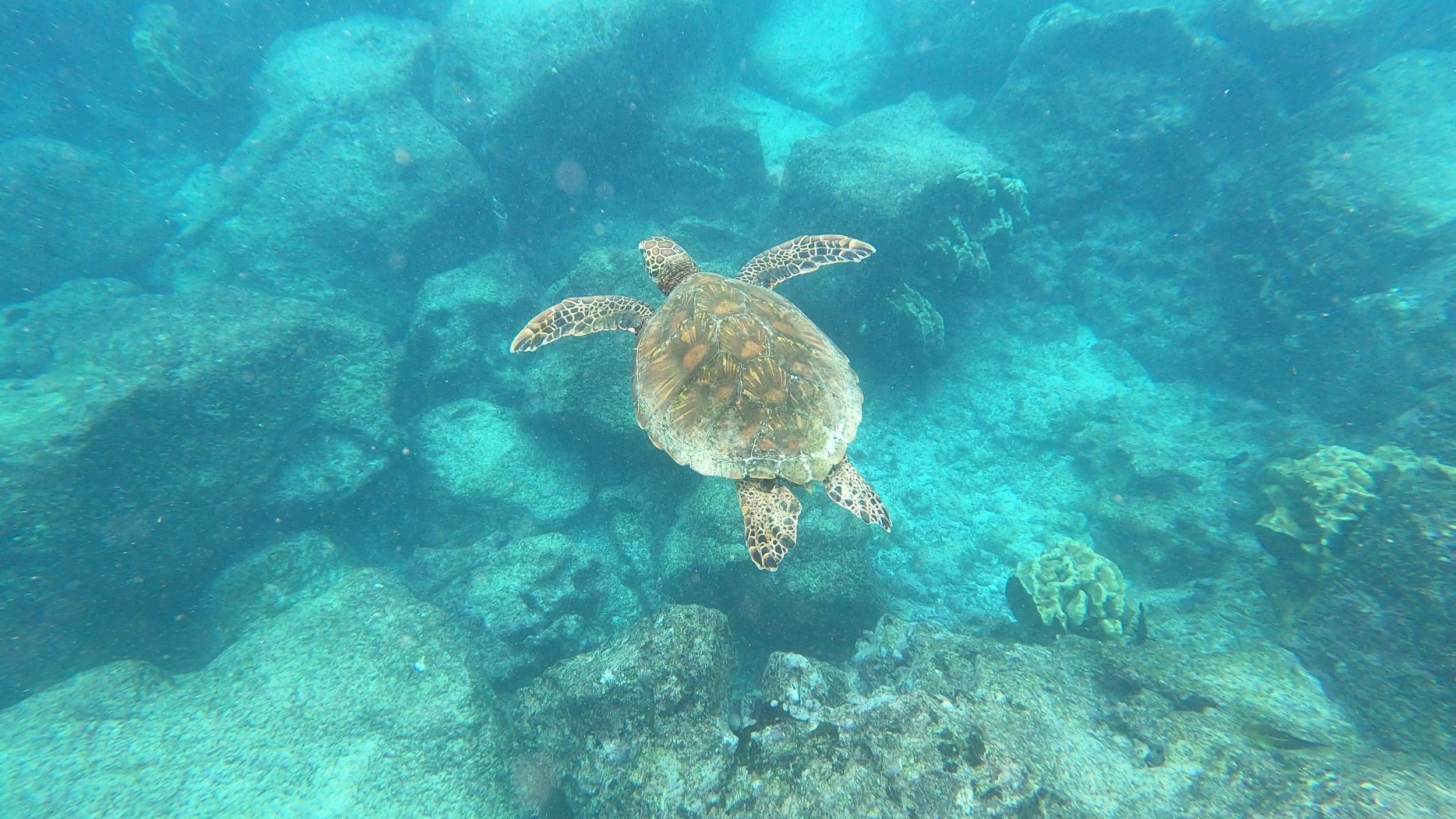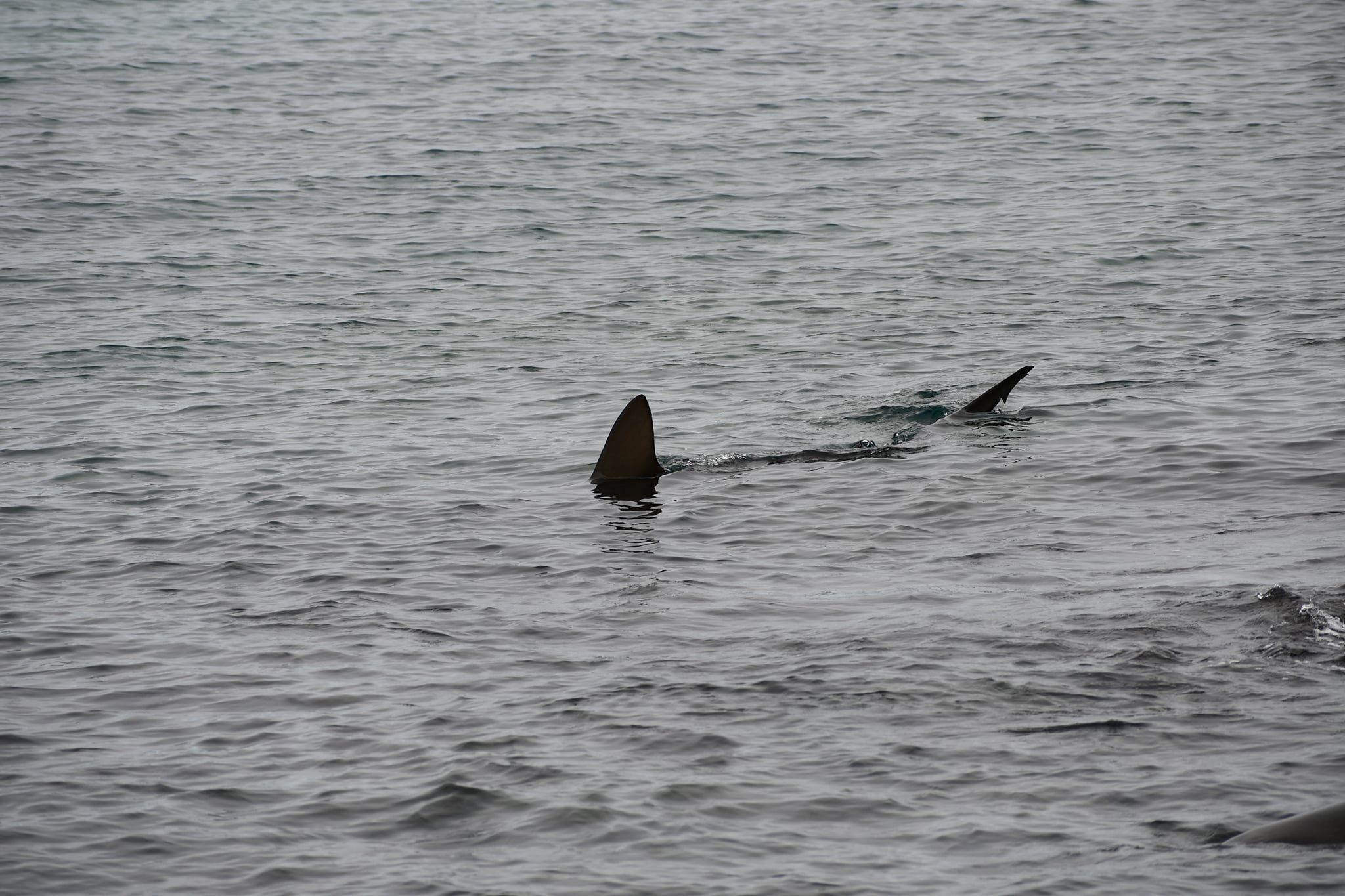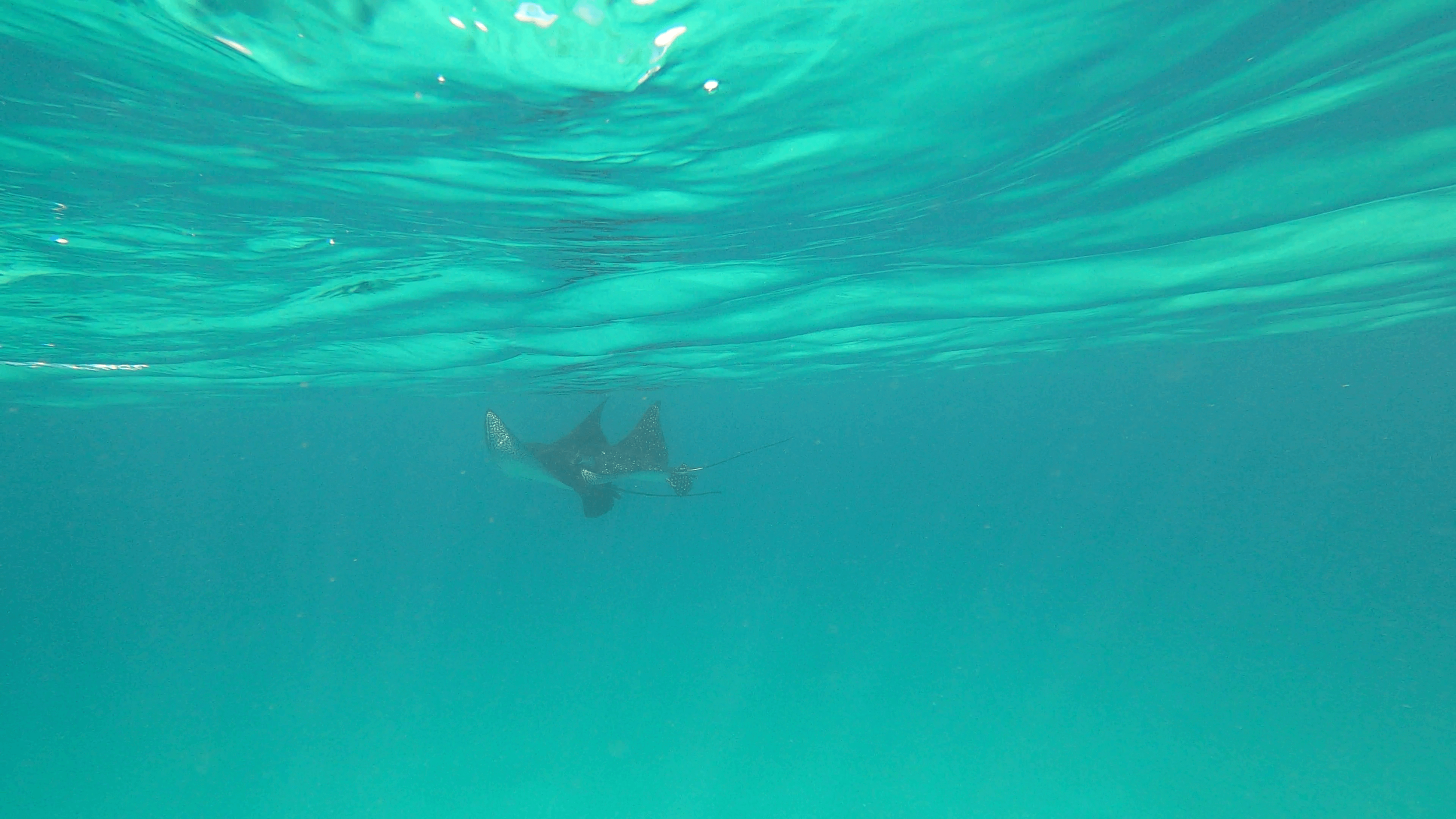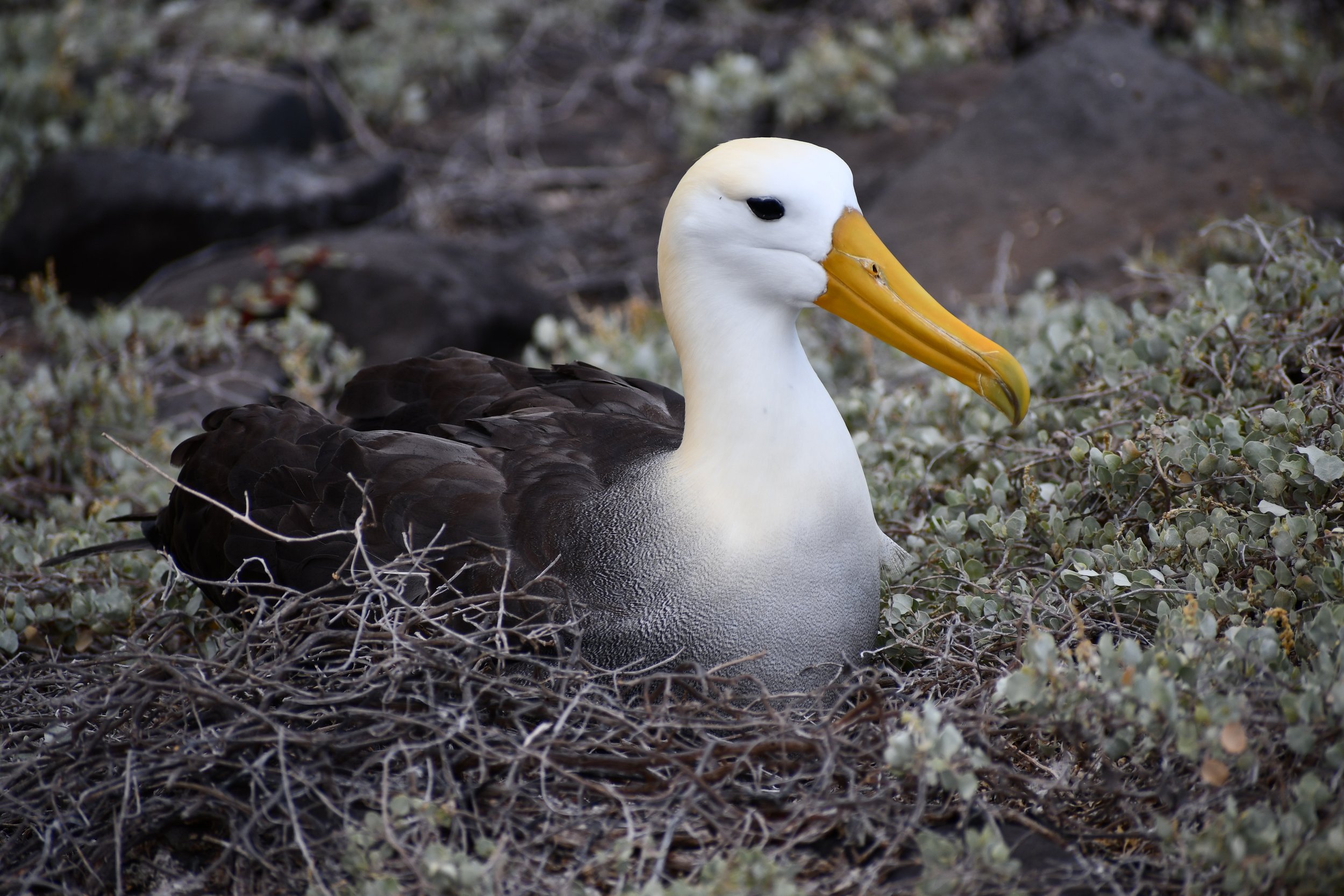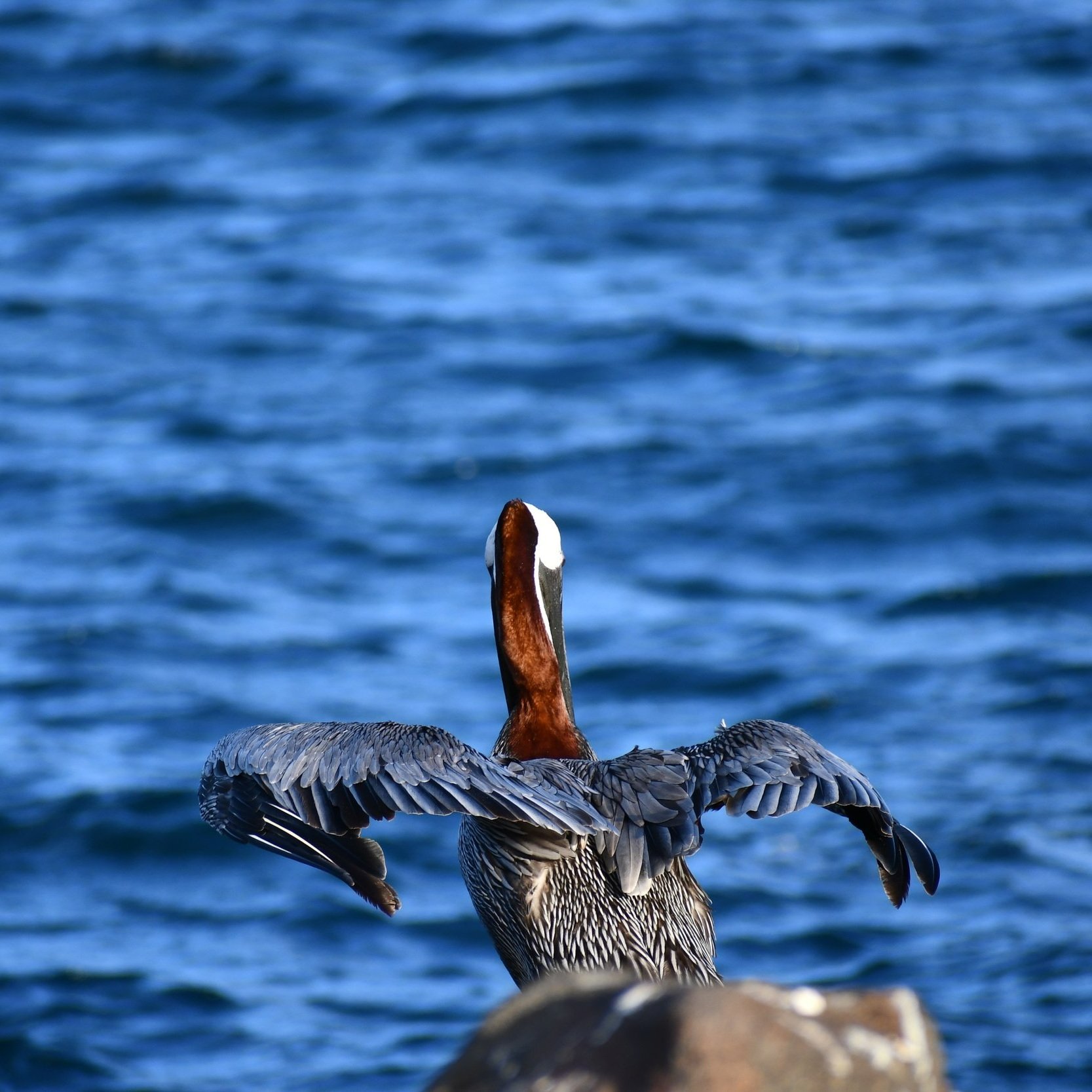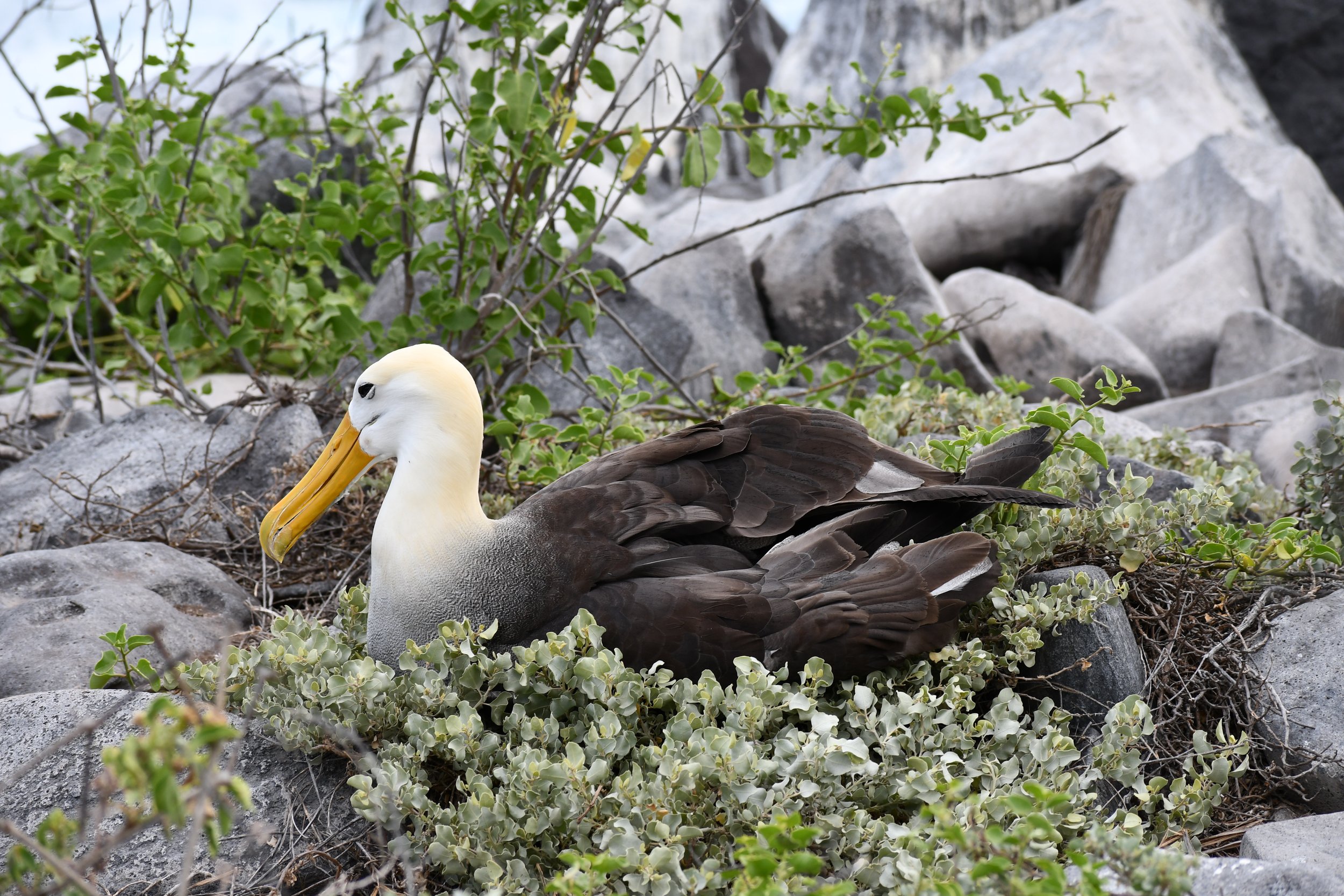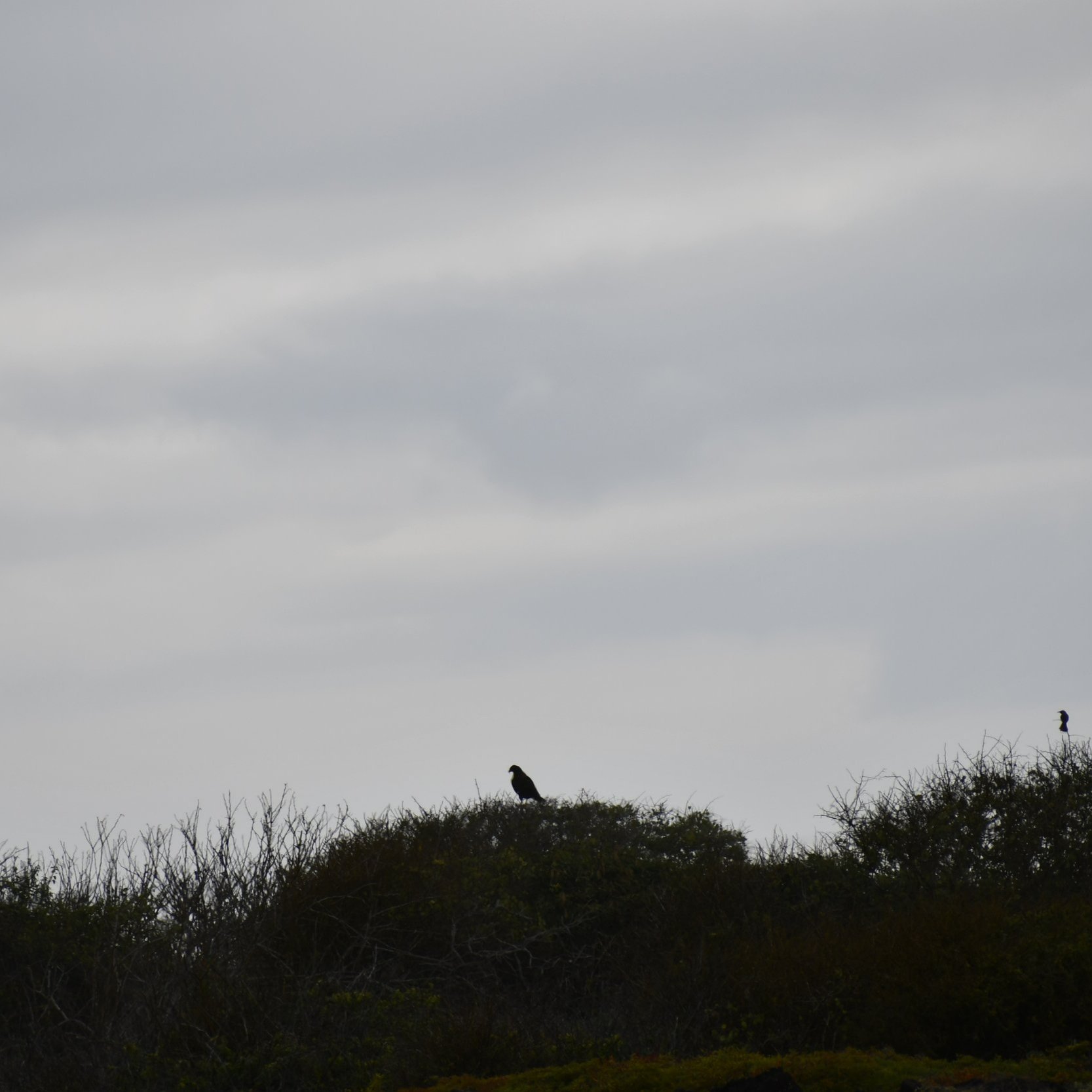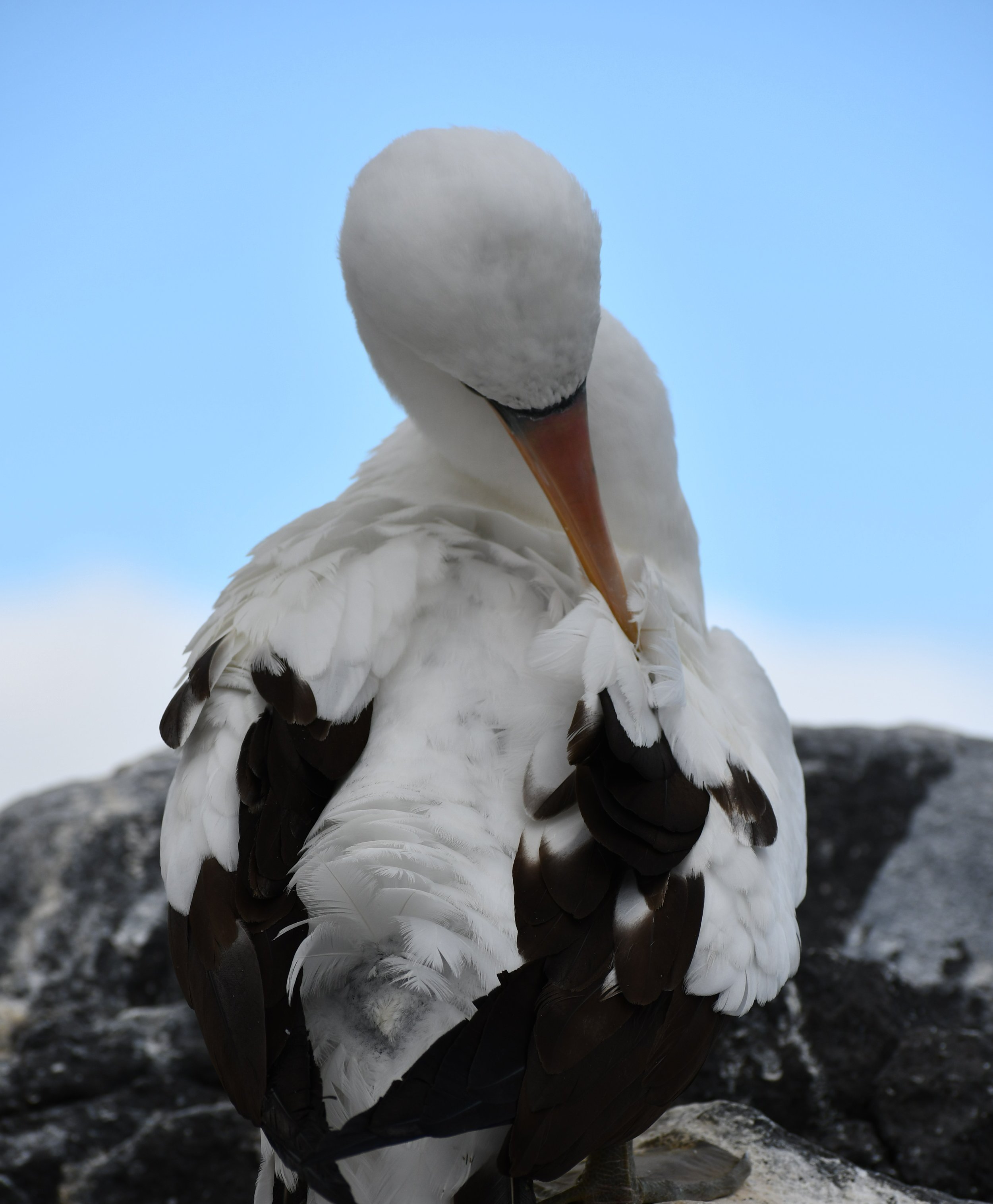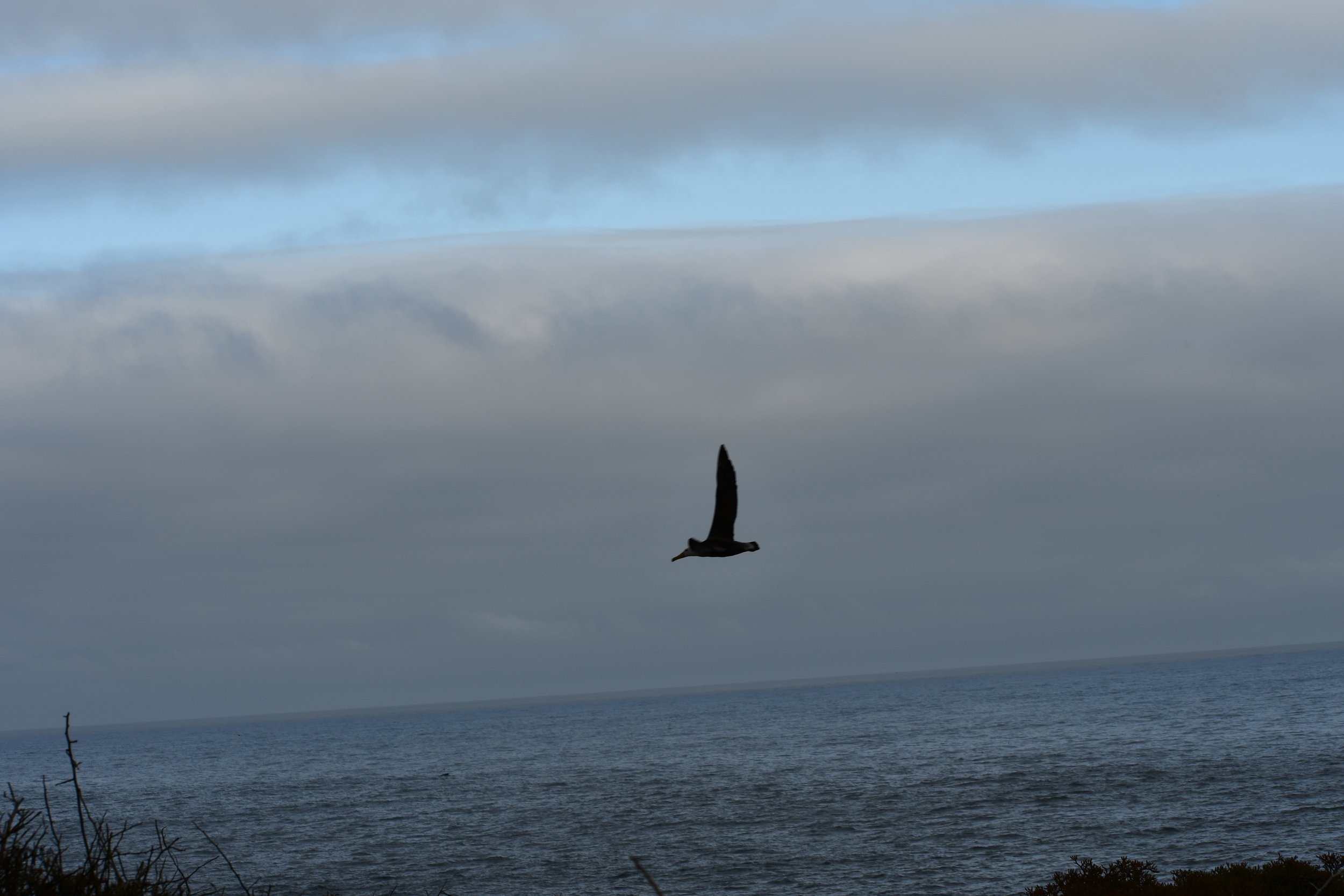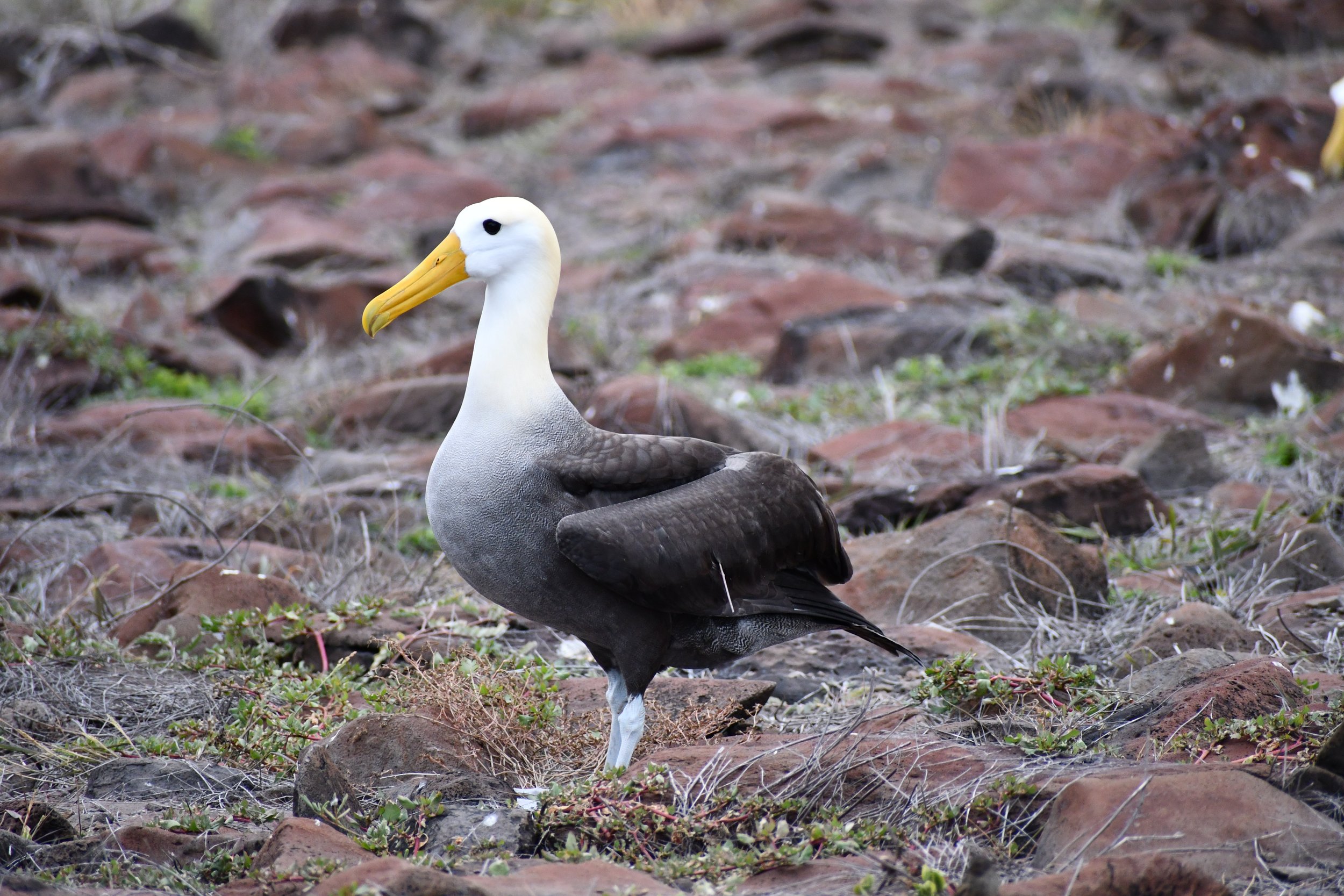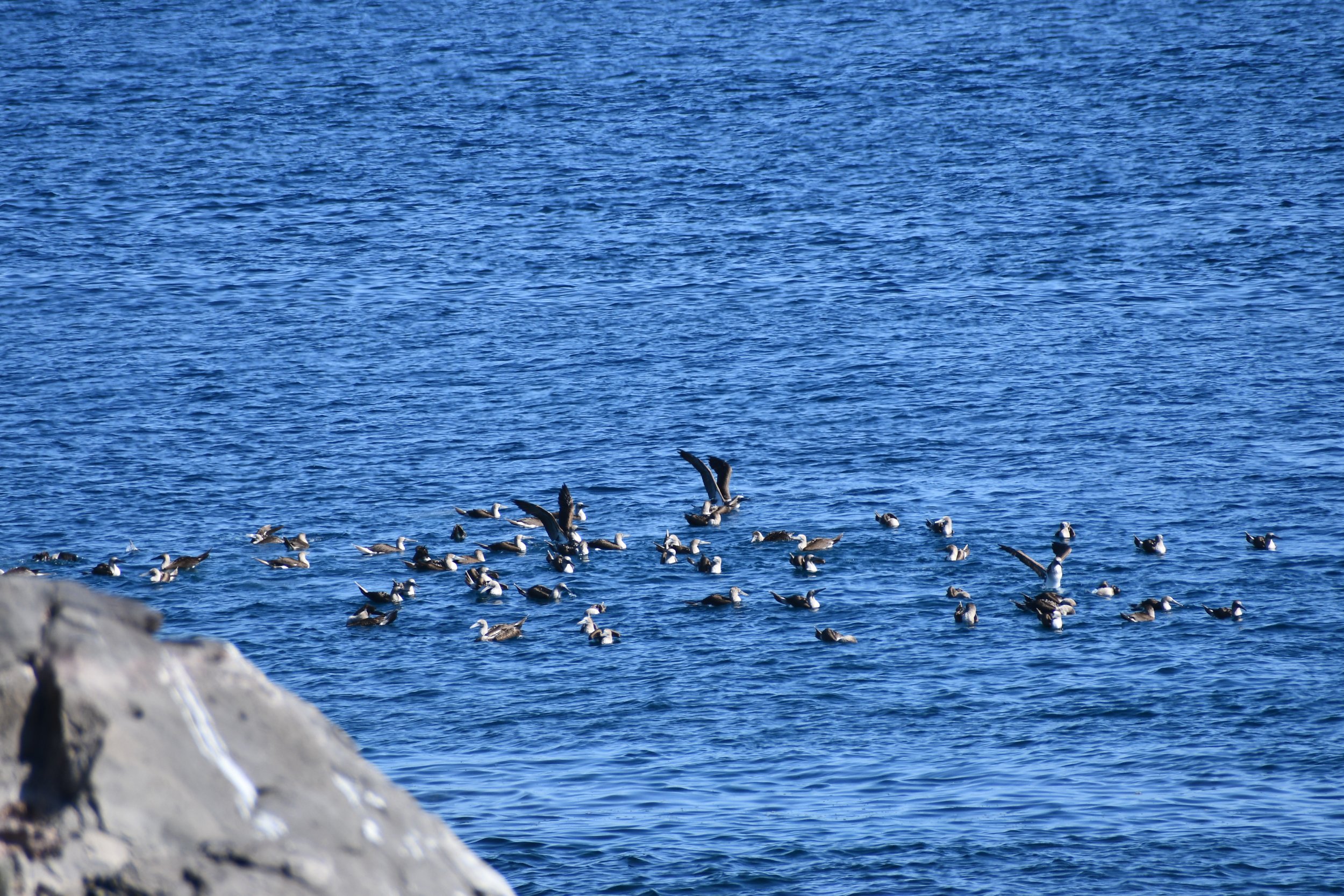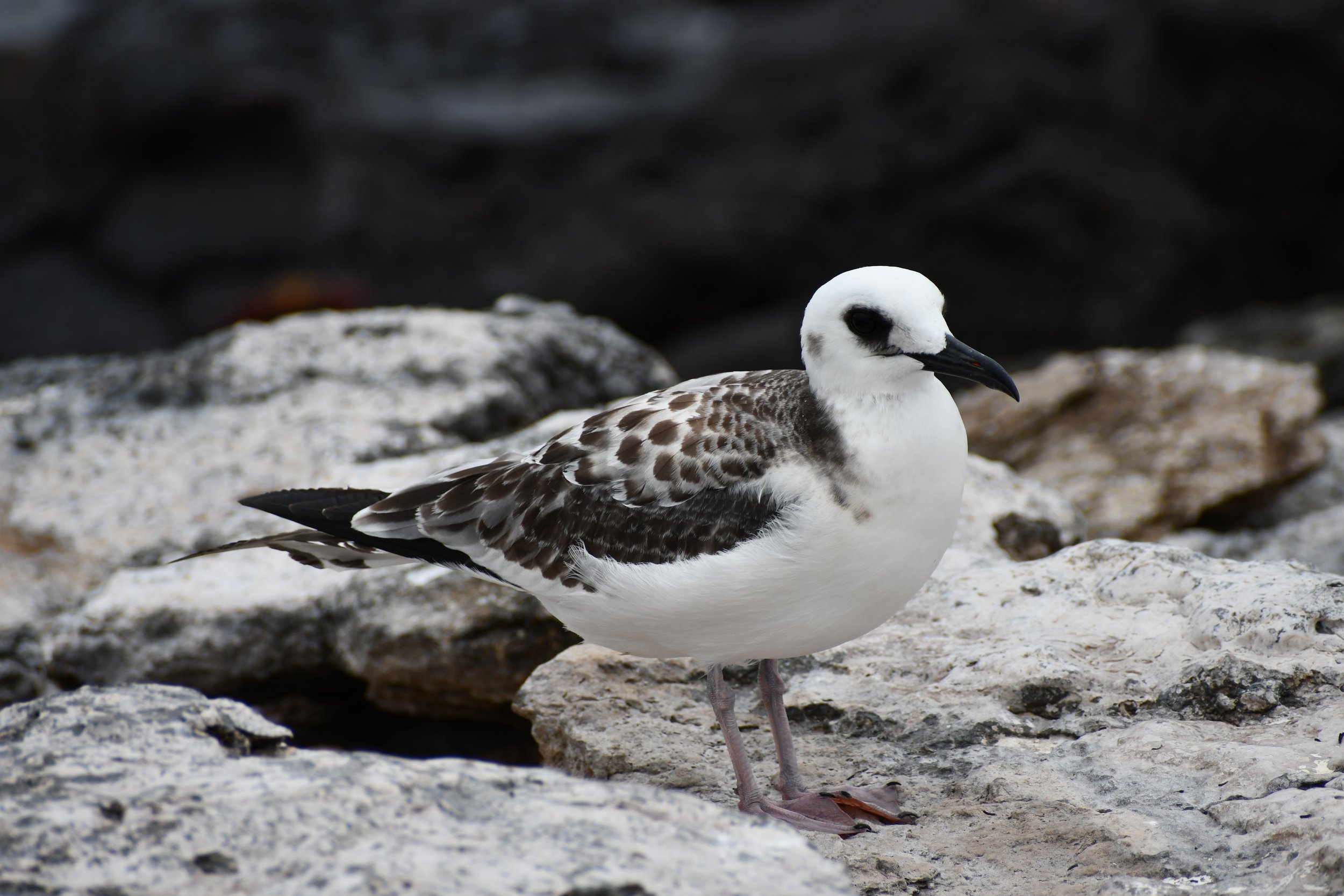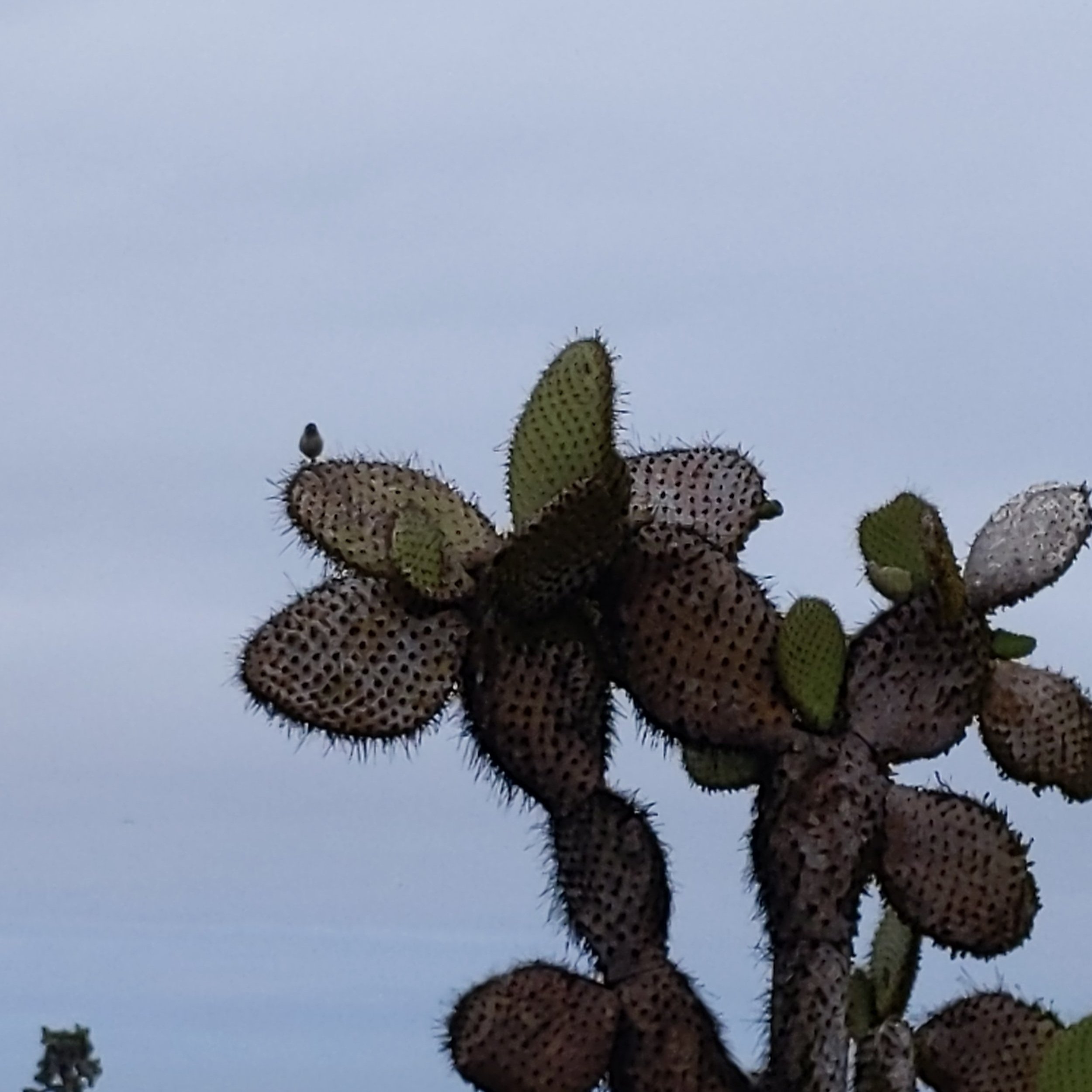Wildlife in the South and East Galapagos islands
Charles Darwin used the Galapagos Islands to help inform his Theory of Evolution, so when you travel there you expect to see a ton of different types of animals. I’ve been to some ecological areas that live up to the hype, and some that have unfortunately been ravaged by time and man. Fortunately, the East and South Islands of the Galapagos definitely still live up to the hype.
When you look at the map, the Galapagos islands seem to be a clustered set of islands that should be easy to navigate between, but the reality is many of these islands are miles and miles apart. We traveled from island group to island group over night and went as far as 50-60 nautical miles between destinations. When you experience this first hand, you start to understand why the animals of the island group can be so similar and yet so different.
We saw so many animals! Land, sea and sky! Marine Iguanas and other Iguanas, Eagle Rays and Sea Turtles, Frigate Birds and Blue Footed Boobies, Sea Lions and Tiger Sharks, Finches, hawks, and more. The islands were so diverse, and it was interesting to see the subtle differences between a species from island to island.
Before we even left the airport area we had already seen so many birds, and a sea lion, but words can’t express how amazing it is to be able to get so close to birds, sea lions, turtles, lizards and everything else, and they simply ignore you. Touching animals is prohibited, so its interesting to see the critters treat you as just another animal that they don’t have to compete with for food in the same way that you see different non-competitive animals interact at a watering hole on safari in Africa. Being “just another animal” is an amazing feeling and made for some great observation time while we took our hikes and snorkels.
Frigate Birds
Frigate birds were a main staple on just about every island, but we first encountered them on our first hike on North Seymour Island. These birds are also called Tarjetas (Spanish for “Scissors”), because their tail looks like a pair of scissors at times when they fly. The males have an air sac around their neck that they can fill, that looks like a glorious red balloon. They use this to attract females during nesting season. The tarjetas became a normal part of the landscape as we took our hikes around various islands, but it was always cool to see them in various levels of inflation. We also got to check out some Frigate chicks, as many had just hatched.
Sea Lions
North Seymour Island was also our first actual encounter with sea lions. I think out of all the animals I expected to not be able to get anywhere near, it was amazing how close they allowed you. I had heard that Sea Lions were called the wolves of the sea, “Los Lobos”, and expected them to be very territorial and aggressive. While they definitely let you know when you were getting too close, they seemed to have a ‘live and let live’ policy. The adolescents were downright playful and often jumped into the water to play with us.
Blue Footed Boobies
When we were riding in a painga (the motorized rafts we took to and from islands) along one of the islands when our group saw its first Blue Footed Boobies. A collection of gasps and excitement went up from both boats as everyone took it in. There seemed to be an expectation that this would be a rare sighting, so everyone took it all in. Little did we all know that it was nesting season and we would be seeing these amazing birds all over the islands.
Land and Marine Iguanas and Lava Lizards
Every island had its unique species of land iguanas. I live in Florida, so I’m used to seeing lizards everywhere, but it still didn’t prepare me for just how prevalent iguanas and Lava Lizards were everywhere. It was also interesting to see how uninterested in humans they were as well. Usually, lizards scurry away anytime you approach them, but the ones in the Galapagos seemed to be almost curious about us. The variations in coloration, tails, etc from island to island kept making seeing even these little ones a special treat every time.
Sea Life
These are islands, so you know you’re going to see a fun amount of sea life. I just didn’t realize how much sea life! From the boat members of our group were able to spot everything from orcas to black tipped sharks. On the pangas we witnessed spotted eagle rays, sea turtles, crabs, and tons of fish. Snorkeling around the various islands opened up a whole new world for us and we were able to see all different types of Damsel fish, Parrot fish, Trumpet fish, Yellow Tail Mullet, coral, Galapagos Rays, Rainbow fish, and more.
Birds
On our hikes and from the ship we saw a ton of other birds. Nazca Boobies, Wave Albatroses, Galapagos Hawks, Blue Great Heron, Pelicans,Galapagos Flycatchers, Mocking Birds, numerous types of gulls and more. The Islands are most famous for the finches that Darwin sketched. The different shaped beaks show that they evolved on different islands to eat different types of food. We were able to see Cactus Finches, Darwin Finches, Tree Finches, Ground Finches, and Grey Warblers.
I’m not much of a birding or nature finatic, but seeing the diverse biosphere up close has changed my mind. Since returning to Florida, I’ve definitely started paying more attention to the birds and wildlife in my area more. Catching a glimpse of a dolphin is fun, but I doubt anything will compare to swimming with sea lions any time soon.




